Transgenic Mice

Two mice were the stars of a press briefing in December 1982. One looked like any other laboratory mouse and the other was almost twice as big. Though they were sibli.ngs, the big one carried genetic material from another species. 1t had genes for rat growth hormone. The birth of this mouse and six others marked the first time that sci.entists had succeeded in tnaking DNA from. one mammalian species function and be expressed in another mam.rnal in such a dramatic manner.

These mice were the cul'mination of several years of rcsean:h by Ralph L. Brinster, V,i\l.D., Ph.O., Richard King 1\-fellon Professor of H.eproductivc Phy!iiology, S<:hool of Veterinary Medicine, University of Pennsylvania, a principal investigator i11 these studies which were supported by grants from the National Science Foundation and the National Institutes of Health. The co-investigators were Dr. Richard P. Palmiter, Howard Hughes Medical Institute, University of Washington, Seaule; Michael G. Rosenfeld, University of Californja, San Diego; Neal C. Birnbcrg and Ronald M. Evans, Salk Institule for Biolugieal Studies, La Jolla, California; Roherl E. Hammer and M}Tna E. Trumbauer, Laboratory of Physiol· ogy, School of Veterinary Medicine, University of Pennsylvania.

Dr. Brinster anci his colleagues have been conducting basic research to study gene regulation and the genetic basis of development. In their experiments they introduced foreign (continued on page2)

• • • • • • • Newsmagazine of the School of ete i na Medictne • \Tou�t' &n '·it wah fl•Oiltit h11rmunf l{enr, nms••' nn rc�/11 1tt1huur • •
Bellwether No.7

Spring �983
Bellwether is published quarterly by the School of Veterinary Medicine at the University of Pennsylvania, in cooperation with the University or Pennsylvania Publications Office.
Editors:
Or. John E. Martin
Louise Stone
Writers:
Marcia Maziarz
Carol watson
Helma Weeks
Or. Josephine Deubler (Animal Crackers)
Designer:
Two Twelve Associates
Photographers:
Diane Feltoon
Lynne Kressley
New Bolton Liaison:
Catherine Larmore
Circulation:
June Johns
Transgenic Mice
We'd like to hear your praise. criticisms, or comments. Please address your correspondence to: Or. John Martin. Editor. University of Pennsylvania, School of Veterinary Medicine, 3800 Spruce Street, Philadelphia, PA 19104. or louiseStone. Editor. University of Pennsylvania Publications Office, 410 Logan Hall, Philadelphia. PA 19104
None of these articles are to be reproduced in any form without the permission of the editors of Bellwether.

®1983 by the Trustees of the University of Pennsylvania.

TltP u c of grou.•lh lwrmonc also hm 1 o,rrricultural UJlJ'Ii io perhaps mit• dm rt m11 . \ hr> po..ible to alter tht!
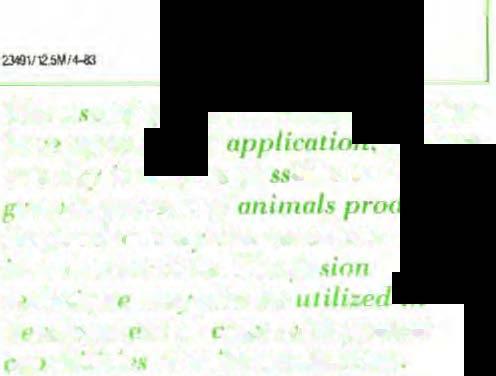

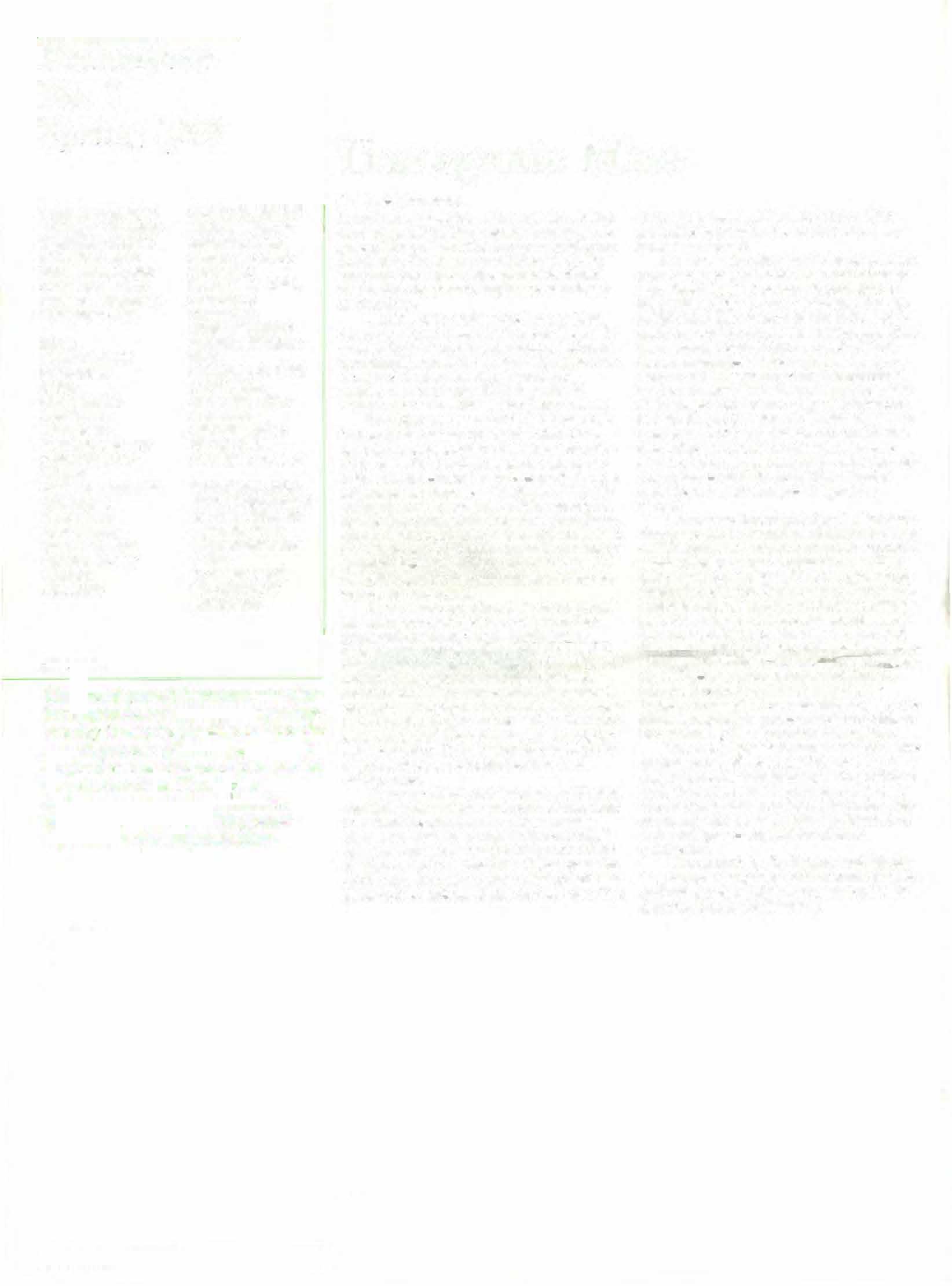
rnntl1 patlr•rn of rodu d

.fnr fmul u tlw\ Nm reuc!J tlte market
111 o lanrler rimP. Tlte {11 i If dwu7u '""' oho hP utili in d 1 PllltJm nr nf tm" u itit f(reater a1 nlulau uf rruUc tJroductum




(CI>ntinuedfrom cm-er) genes into mammalian embryos at the earliest stage of gestation. The technique utilized wa." gene-splicing where DNA from one species wa." attached to the mouse metallithionein �T) gene and then micro-injected into fertilized mou!'ie eggs which were implanted into foster mother mice.
The MT gene enables the body to bind heavy metalR and have re11istance to these sub· stance�. It is present in most tis:;ues and most prominently found in the lin:r. The gene is acLi'ated �hen the organi!.Jn inge�ts heavy metals, then mes..�nger RNA is produced which enables the ceJis to biotl heavy metals.

In earlier e�:periment� Ur. Brinster, et al. had fused the mouse MT gene with a virus gene to measure specific vital en4!ymatic acthity in the veU. The altered genes were microinjected into fertilized mouse eggs which were implanted into female mice. Some of the offS"pring showed the enzyme activity, generated by the virus gene. when they were given heavy metals. This experiment helped the researchers to identify the !'!equence responsible for heavy metal inducibility on the mouse MT gene. It was this sequence that was attached to the rat growth hormone gene.
In the lateRt experiment Dr. Brinster and his <·olleagues modified the rat �rowth hormone gene hy remO\ ing it!> regulatory sequences and replacing these with the regulat· ing part of the mouse MT gene. The section of the MT gene used was the 11equence which contains the MT promoter that helps control expression of the gene in the cells of the organism. The altered gene was cloned. and the new gene was placed into fertilized mouse eggs by micro-injection. The re�earchcrs modified 170 egge; and the."e were implanted into foster mother mi<'e.
Some:: ga'e hirth and twenty-one offspring re11uhed. Tests showed that M!\en of these had inherited the altered gene. After weaning, these mice were fed a regu.Jar diet and small quantities of �inc, a heavy metal, were added to t heir water to activate the altered gene. Six of the mice showed tUI accelerated growth rate prior to the addition of zinc to their diet. One
of these was removed from the zinc supplement after two weeks and continued to grow faster than normal.
Studies on the mice found that growth hormone wa!l p1·oduced in the liver and other tissues. Normally this hormone is produced in the pituitary gland. Some of the mice had up to 800 times more growth hormone than normally expected in mouRe blood. It appears that the overproduction is due to a lack of feed· back, a mt:t:hanil'lm which regulates the production of the hormone when it is produced by the pituitary gland. It was found that mice with the �rreate:-;t amount of growth hormone had the largest quantity of the altered gene in their tissues. The experiment wall carried further. Mice possessing the altered gene were mated to normal mice and of the nineteen offspring, ten <'arried the gene. The offspring with the new gene also grew larger than normal.
These mice demon�>trate for the first time that gene�; can be transplanted from one mam· malian sperie� to another and can be expressed phenotypically in Ruch a manner as to affect basic metabolic function. ThiEl has great implicationH for reHearch. These mice can serve a!'. a model to study gigantism, a human genetic disealle. 1t wtHl found that the amount of growth hormOUt! produced by the mire far exceeded the amount which can be produced by conven· tional methods. Tbu5, thP technique of fw;ing� the MT gene to other genes controlling protein production in mammals may lead to ..genetic farming" where surh altered genes are utilized to produce protein suhstances such as blood clotting factors used for hemopl1ilia.
The use of growth hormone may also have agricultural application; perhapH one day it may be possible to alter the l{Towth pattern of animal11 produced for food so they can reach the market in a shorter time. The fusion technique may also be utilized in development of cows with greater capabilities of milk produc1ion.
The re�ear<:h by Dr. Brinster and his colleagues opens important new avenues of study and will provide in�ight into gene regulation and the basis of development.
2
on the Rise
The number of reported rabie..� cases in Pennsyh,ania, Maryland and Jlirgin.ia has risen dramatically during the last two years. In 1981, Virginia reported 102 cases o.f raccoon rabies ns comparecl to seven case.� in 1980. By November there were seventy confirmed cases of rabies in Pennsylvania in 1982. These included not only wildlife, but also Jour dogs and one cow
"The ri�k to human has been increased hy the 11pillnver of rabie� into domestic ani· mals." said Dr. Lawrence T. Glickman, Chief, Section of Epidemiology. Sc·huol of Veterinary Medicine, University of Pennsylvania. "'ln November 1982 a dairv cow from Lam·asler County wus admitted to the Large Animal Hos· pital al New Bohon Center. The animal had to be euth�tnized after four days and it was found to have rabies. Veterinarians, veterinary and laboratory technicians, student!-� and nurses, had to undergo rabies post-exposure prophylaxis. This included thirty-two people in all at New Bolton Center and six additional people who had come into contact with the cow on t.he £arm and during transport to New Bolton Center. The entire herd from which the cow originated �·as placed under a ninety-day 4uarantinc."
This incidl•nt illw.trale:. the need fur veterinarian� to �u.'�pect the possibility of rabies in animals showing neurologic signs or abnormal behavior. Or. Glit'kman recommends that veterinarian!'�, veterinary personnel, and wildlife per·sonnel re<>eive a three-dose preCApO�-ture rabie� prophylaxis regimen. "A new killed "·accine is a"·ailable,'" he cxplah1cd. ·'Unlike the earlier vaccine which was developed from duck cmbr)'OS and which •·ould have se"·ere l'ide effects. the new vaccine is produced on human diploid cells, and was developed by the Merieux lrlslitute of Miami, Florida, and side effects are uncommon." The vaccine is usua�y given aA l.Oml intn•muscularly, though studte� have �howl'• that it is just as effective when given in �maller doses (O.lml) intradermally for prophylaxis. Dr. Glickman explained that the latter course is followed here at the school where 'accination is offered to all stu· dents. '1'he vaccine, onre reconstituted, bas to be user! within three hours." he said."'It is not packaged fur intradermal injection� therefore., when using this technique, one needs a gr(}up of people to take advantage of the sa,•ings. A l.Oml intramus<'ular dose costsabout$45 whereas O.lml dose rosts about S6 if you get seven or ei�ht people together. This is wh)' we use this terhnique� it makes the vaccine affordah1e to our sturlents " l>r. Glkkman did point out that the intradermal terhnique has not yet been ap· pro\•ed by the FDA. However, the Immunization Practices Commitlee has accepted the 10 regimen for pre-exposure vaccinations. All students who wam to work with the Wildlife Ser· vice at the sehoul m1JRl be vaccinated auainst rab.ICS.
liP al n addf d r!Jar I' r ou.ner houk b odt I ci to hm tlu tr rlo�s ond cal rvr cUJflted agmn t rvllu prot u bujjf•r I PIutPPl Hildlif mul tlw lwmcm [JDfJUitttirm.... lw mid. "1'1r<'' trrt1 mon., Iii�·· h to come info contwt u'''' rniJicl u drlltft and if tlw' ar• not •vucmtllf d. llu?) ccm lrlJn mil tlu 1 iru11 rn I"opl
He also added that pet O\\"Tlers shnu1d Le advised to have their dogt� and cal." vaccinated against rabies. "'They provide a buffer between wildlife and the human popnlation," he said, "They arc more likely to come into contact with rabid wildlife a�d if thev ure not vaccinated, they can transmit the �irus to people."
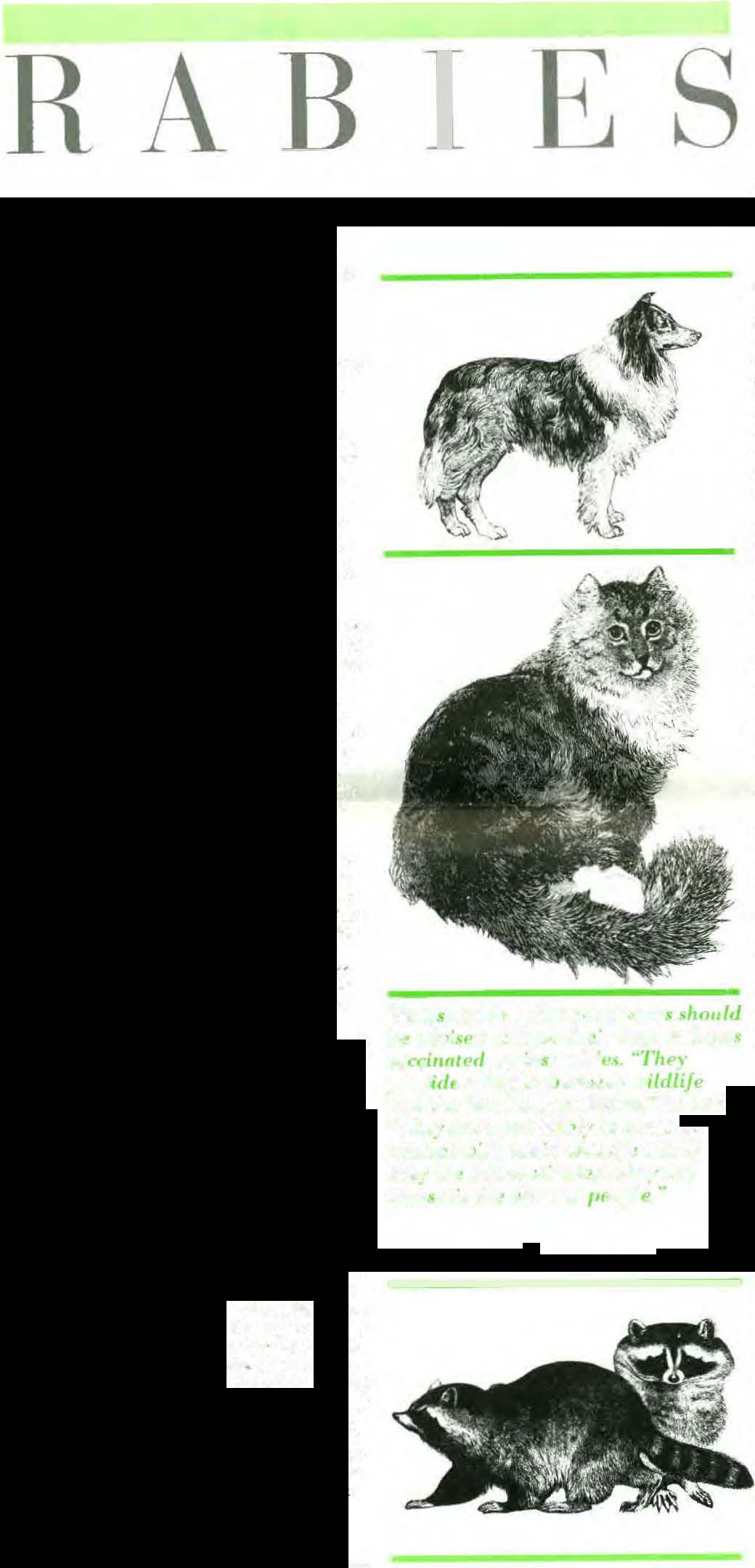
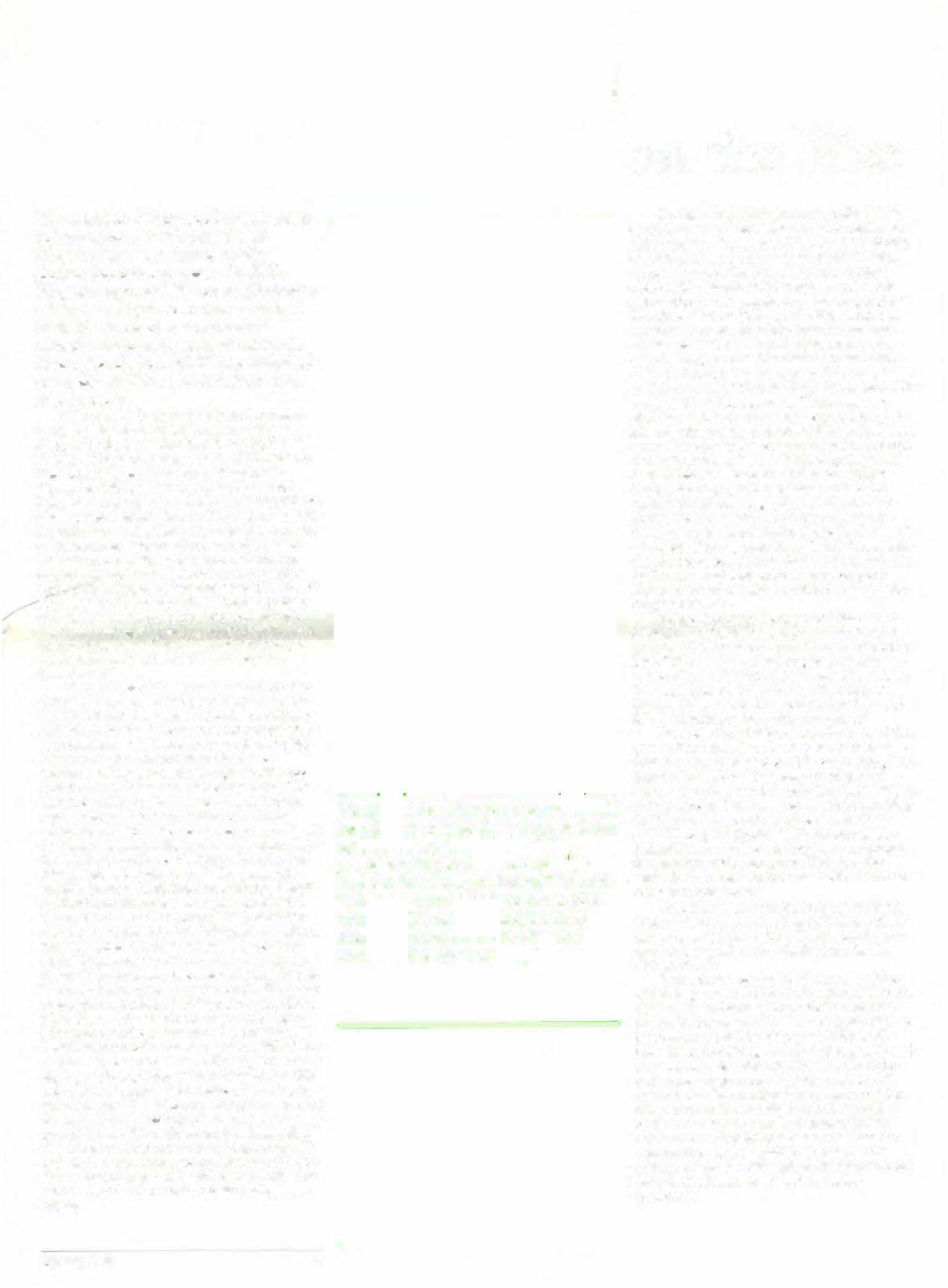
He added that in l98l, for the fin;;L time, the number of reported rtlbies cases io cats outnumbered those in dogs. Rabies vaccines for cats and dog!' are readily available and some offer prutec:tion for three year:-....Out one must realize that prutectinn decline� throughout this period," Dr. Gli(·kman �aid. "Dog� and cats that stay inrloors; and are not exposed to wildlife are adequately protC<'teri with vaccinations every three year� if a triannual va<'cine i� used. Animal� that run free and hunting dogs used in the rielcJ, however, l!houlcl IJe \uccinated every year to provide maximum protection against the diKease re�arrJless of the vaccine u!-led."' lie alNo explained that puppies vaccinated prior to four months of age need a booster vaccination one year later. '"Also, there really should be a requirement that all dogs and cats be licemed and that pr·ior to recei,ing the Hcense 1\ proof of ruhie� vaccination is mandatory." he stated.

There is no vaccine approved for use in wildlife and Dr. Glickman recommends that people not purchase or take in wild animals al' pels. "'This can be quile cJuntterous because in :-ame animal� the in<'uhntion period for rabies is long, particularly in 'lkunks. It is heiil to lea,•e wildlife alone. If one must handle wildlife, it should he rl�tne wi1h great care."'
Rabie� iH inv ariably a fatal disease and if a person has heen bitten or has comt: in contact with an animal 1\U:ipectcd of hu"ing rabies. it is imperative that merlical help be �ought at once. ""The viru;; has a varying inl'ubation time; it may take as little as three weeks to manifest ihelf, or as long as six to oint> months," he sairl....Ea(•h year about 30,000 peri'OilR in the United StaleR receive post-eAposure treatment for possible rahieH exposure. This i� quite expcnsi"c; il muy 1:ot�l between $500 to $700 to treat one individual.''




One European country is experimenting with an oral vaccine for foxes which are their major reservoir for rabieB. (\.;o large-scale program i1- being tried for wildlife here in the United States.
The c:urrenl epidemic· uf raccoon rabie:-; which began in the 1970,; in Florida, will probably continue its march up the Eastern Seaboard. The only way of pre\·enting the disease from reaching the human population is to haYe all c•uts and dogs vuc:cinaled r egularly and to avoid <'onlart with wildlife. Veterinarians and other persons c·oming into <'ontaet with animals !-�huuld consider pre-expo!!!ure "accination�. Exposure lo a ruhifJ animal can affect quite a numher of people as shown by the dairy row at New Bolton Center and can be devastating psychologi<'ally. In the case of •·abies, prevention through varcination is a Jot wistlr and cheaper thun post-exposure treatment.
Spring 1983 3
Each year the agriculture industry suffers heavy lo�ses from calf diarrhea, a common disease of young calves. "It is a major loss to the cattle industry during the first year of life of caule," explained Robert H. Whitlock, D.V.M., Ph.D., Chief of Medical Service!'l at the Large Animal Hospital of the School of Veterinary Medicine, Universit)" of Pennsylvania, at New Bolton Center. "Approximately forty-eight to fifty million calves are horn each year, according to USDA �tatistics. The avet·age mortality per year is 3.5 million calves and the average annual loss exceeds $100 million."
Researchers found that calves are horn with little maternal antibody protection. In order to obtain protection, calves must nurse within a few hours of birth to receive colostrum from the dam. It was found that calves can only absorb antibodies during this brief time span (first twenty-four hours of life), and that absorption is at its optimum during the first two hours of life. Thereafter the percentage of antibody absorption steadily declines. Between 15 and 40 percent of the calves born fail to absorb sufficient antibodies. Some ani· mals are unable to absorb the antibodies;
has very few reserves. Its body protein is rapid· ly depleted when it is fed only electrolyte solution for more than thirty-six to forty-eight hours. If the regimen of feeding only electro· lytes or diluted milk is continued, the calf loses sufficient muscle mass to become recum· bent, i.e. a bright and alert downer calf. Such calves rarely survive even if given milk after they are down. It is very important to con· tinue to feed milk, even more than normal, particularly in the winter months when the young animal needs additional energy to keep warm."

Dr. Whitlock and his c:olleagnes at New Bohon Center are c:ondueting research about the causes of calf dianhea ..It can he caused by a number of different agents, though the most common one is E. coli, a bacteria which is abundant in the environment." The E. coli strain ('ausing the disease in calves produces K 99, an antigen that allows the bacteria to adhere to the intestinal Jining. Once adhered, the organism produces an enteroto�in that causes F.lome intestinal cells to alter their nor· mal absorptive function to set:rete fluid and electrolytes. Such lining l�ells normally absorb fluids and secrete only small amounts. The ex· cessi\'e secretion dehydrates the c:alf as fluids and electrolytes arc flushed from the body as diarrhea. As the severity of the diarrhea contin· ues the animal becomes more ill, its blood thickens and its heartheat becomes irregular. H prompt veterinary attention i!'l not given, the <:alf may die.
Dr. Whitlock and his colleagues at New Bolton Center are conducting research about the causes of calf diarrhea. "It can be cau,sed by a number of different agen.u, though the most common one is E. coli, a bacteria which is abundant in the environment." The E. coli strain causing the disease in calves produces K 99, an antigen that allows the bacteria to adhere to the intestinal lining.
others are rejected by their dams. This oft.en occurs with first calf heifers. In other cases the dam may have mastitis, or its udder is so full that the dairyman has to milk the cow, drawing out the colostrum, and in some cases the calf is too weak to suckle properly. Efficiency of c:olo!!tnJm abRorption was found to be seasonal. During the winter months it is not as well absorhed as during other times of the vear. It was also found that maternal behavior �f tho dam, such as lkking and nudging her calf, increases absorption of colostrum.

Calves without sufficient antibody protection are prime candidates for calf diarrhea. Dr. ·whitlock's research evaluated the treatment of calves with the disease. "We produced the diarrhea in groups of calves," he said. "Some were fed an electrolyte solution only� others were given a mixture of milk and ele<:trolyte solution." It was found that the mixture of ntilk and electrolyte solution was more beneficial to the calves than electrolytes alone. "'We recommend feeding about 50 to 75 percent of the normal milk ration and complementing it with an electrolyte solution. More research is needed to determine the best proportions of milk and electrolytes to give to calves with diarrhea."' Dr. Whitlock explained that milk contains electrolytes in addition to protein and other nutrients. "'The milk helps fullfill the caloric needs of the calf,"' he !!aid. "A newborn calf iR in a very delicate nutritional balance; it needs 1:alories and protein to survive. It has very poor energy storage when it is born and
01·. Whitlock noted that a calf with diar· rhea can lose between three and five pounds of body weight per day and that this can be life threatening in a very short time. The a\'er· age birth weight of a newborn <'alf is between ninety and 120 pounds. Dr. Whitlock emphasi:red the importance of continuing to feed calves milk after they have been taken from the dam. "We found that whole milk rather than milk replacer is better and more econom· ical," he said. ••Milk may contain antibodies against E. coli and these prevent adherence of the bacteria to the intestine. They may provide a protective antibody coating K99 cannot penetrate. Milk also provides antibodies against other disease causing agents." Calf raising practices have undergone Rignificant changes during the last few years. "C...alves are now Left with the dam only for the first twenty-four to forty-eight hours and then are placed in individual hutches rather than heing railled in an inside c�alf pen. Thi!! is the most important advance made in re<�ent years. The hutch isolation effectively pre"·ents the spread of calf diarrhea to other neonatal calve� and cuts down on the ec:onomic· los!!es to the farmer."'
E. coli is not the onl}' diarrhea-c:ausing agent in young calves. A host of other bacteria and viruses are ready to invade an animal un· protected by maternal antibodies. Among them are the rotavirus, c:oronavirus, clostrid-

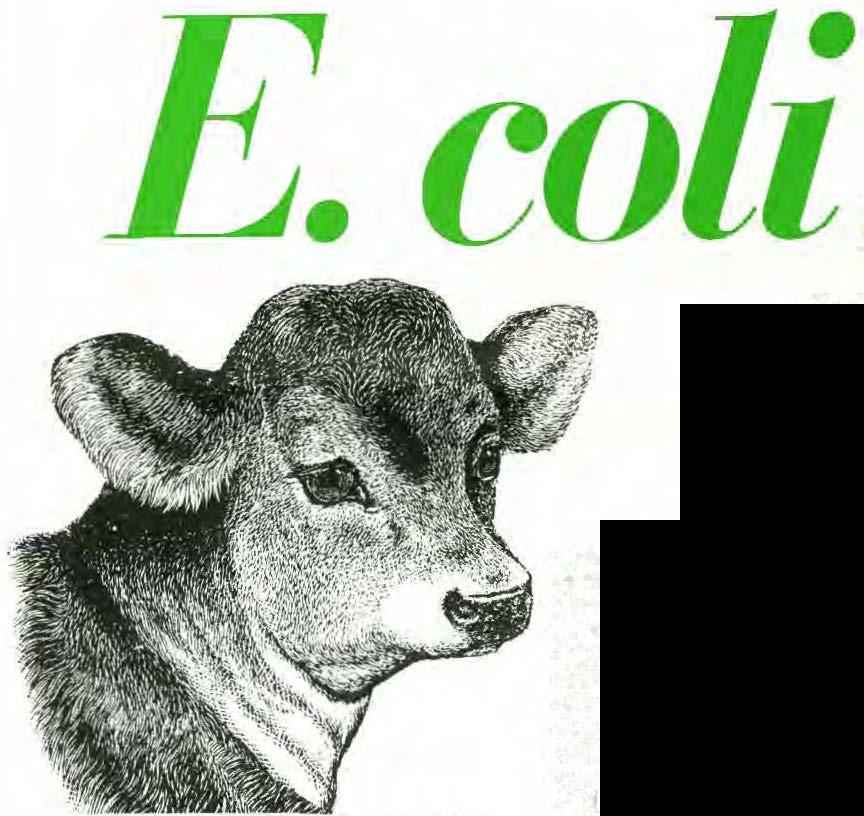
Bellwether 4 alf rrhe e at e 0
nt r
• •
ium, cryptosporidia. campylobacter. salmonella and others. In order to determine which organism is implicated in the disease. the veterinarian needs to do laboratory examinations and sometimes more sophisticated tests are necessary to determine the course of treatment for the individual cal£. While E. coli alters the function of the intestinal cellN, a virus like the coronavirus destroys a portion of the lining. In both cases the calf improves only after the altered or damaged cells have been replaced by healthy ones. During the course of the disease all that can he done is to offer to�upportive lrealment.
Medical Records., A Supportive Service
A :;tudent working on a research project about malnutrition needs to know whether such cases were seen at VHUP during the last year. This may appear to be a tat'k involving a lot of record sea1·ching, and in previous years this would have been true. Then all diagnoses wet·e recorded on Termatrex cards, a eoding system punched on cards. To obtain information the researcher had to examine many cards to find the relevant patient files.
Now the researcher contacts Rosanne Hinrichs. director of medical recot·ds at VHUP. who, together with her staff of three, institot· ed a computerized medical records system at the hospital. All it takes is to poBe the ques· tion to the computer and in minutes a print· out listing all the f!ases, the specie, and the discharge statw; appears. It shows that the <·ases of malnutrition seen at VHUP during the last year occurred primarily in exotic animals. Armed with the case numbers the investigator can do further research and examine each pa· tient file.
record keeping was developed and written by George C. Fambaeh, V.M.D., Ph.D., assistant professor of neurology. It was designed to meet no1 only the record keeping needs of the hospital hut also the research and teaching requirements. The program, whit:h is not a particularly large one, allows fot· storage of in· formation on 800 diseases and disorders, each coded with a number.
It is not in its final form. "'We get input from the staif."Mrs. Hinrichs said. "We continu· ally ask what is needed in terms of information, and we upgrade the system as the needs are die�covered."
The system permits many use!!, such as determining the number of cases of fradure, infection, viral dilleases, and the like. It <!an be helpful in determining whether an outbreak of a diRease is occurring in an area. or in a particular specie.
Dr. Whitlock explained LhaL many dairymen treat their cattle whh antibiotics at the first sign of trouble. "Antibiotics are of no value ln viral diarrhea and ot' questionable value in bacterial diarrhea," he said. "They are �ivt>n primarily to prevent septkem.ia... He explained that antibiotics kill certain har:teria in the calf but do not affect those fluid secreting cells which are the reason the calf ha� diarrhea. Antibiotics may prevent the adherence of additional bacteria as new cell growth takes plac!e and contaminated <;ells are eliminated from the body. "But we Ree resistance to antibiotics due to indiscriminate and improper use of these drugs and we find many organisms which arc resistant to ••ommonly used antibiotics." To reverse such a trend in a herd can be very costly. "'We restrict the use of antibiotics and the retSi:.-t.ant strains, after a whlle, \\-ill re· vert hack to �:�n ordinan strain," he said. ''But in the meantime the da'iryman may lose some animalH. However, this can be minimized by improving the management, i.e., ensuring colos· trum, keeping the calves dry and in hutches, etc."
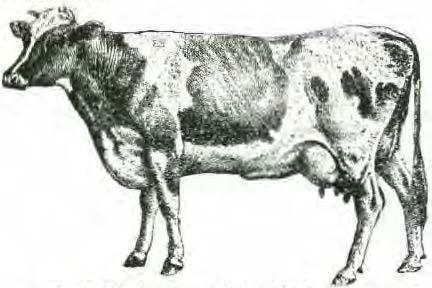
There are vaccines to protect cattle agairu.-t infection by E. coli. rota�iru� and ooronavirus., though it was found that va<·eination against corona,•irus produces very few antibodie� in the colostrum. Or. Whitlock and his coJleagues cooperate with sdentists a1 the Wistar Institute...Rotavirus i:; a big probJem, young in· fants and the elderly are very �usceptihle to in· fection, and it is responsible for outbreaks of disease in nurseries and homes for the elderly,'" he sajd_ "It is a different strain than the · bovine strain, yet research about the bovine rotavirus may ultimately benefit humans and help in the development of an effec:tive vacc:inc...
More researeh needs to be done to discover effective ways to prevent the losses from calf diarrhea suffered each year by the agriculture industry. According to Dr. Whitlock, "We don't have all the answers yet."
Four years ago, when Mrs. Hinrichs, an Actredited Records Technician, came to VHLlJ> from the Department of Ontpatient Medicine at HOP, medical record!! was a complicated sys· tern where records and cro�:�s references were kept in different places. "We found that the old sv!'ltem, where a new c·ase number was assigned to the patient each time it wa,;. admit· ted, <'ould not handle the grcnving case load,"' she explained.
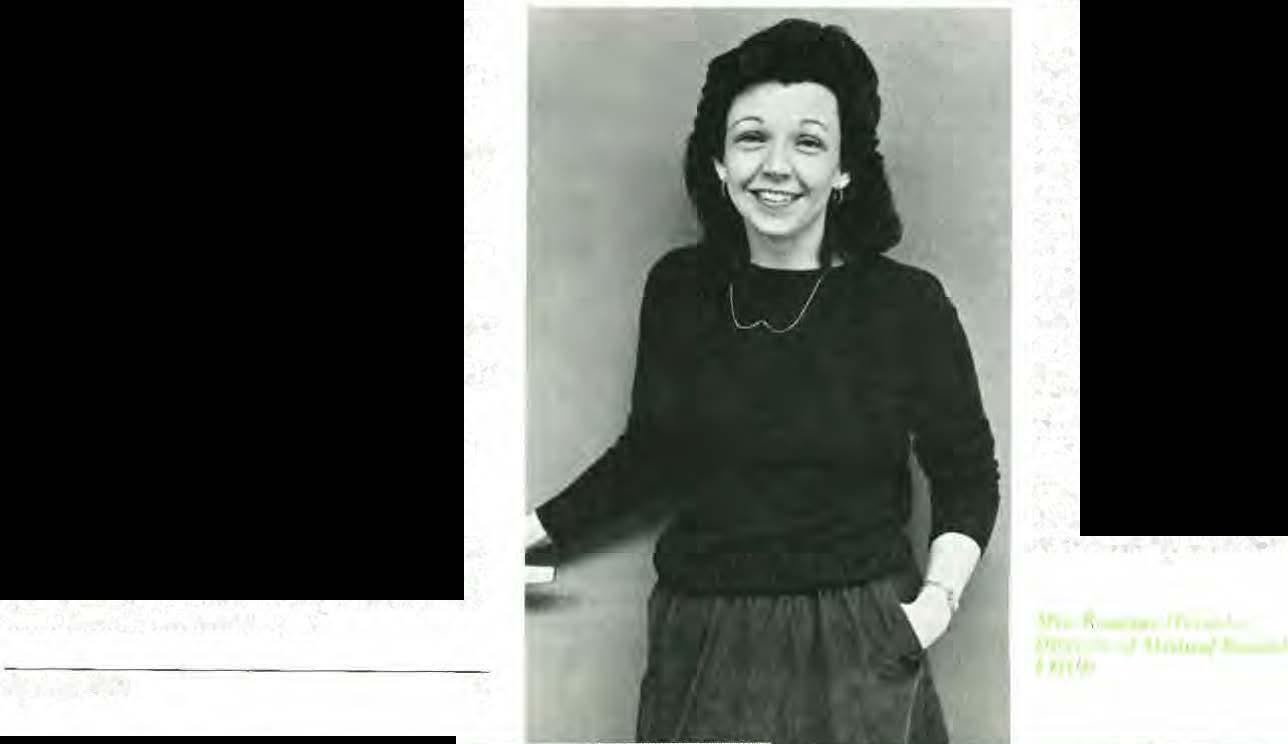
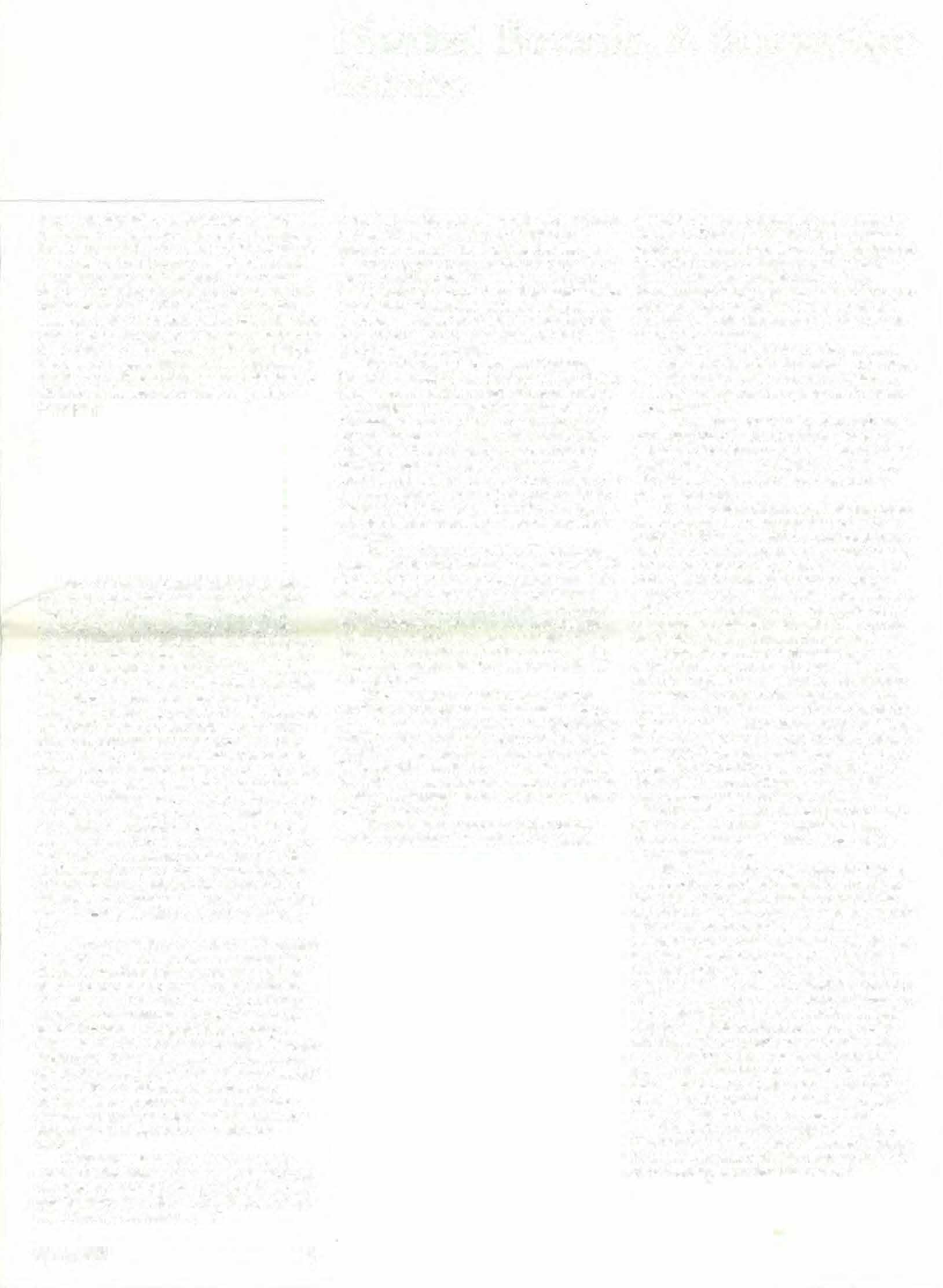
The new system is patterned after the med·ical r:ecords system ut-�ed in human hospi· tal-;. Each animal is assigned a �ix-digit number which is used for all subsequent visits and the records a1·e kept together under this number. "This provides continuity of care, it considers the animal all an entitv and makes lt easier for faculty and researc·he;s to obtain information,"' MrR. Hinrich.� said.
The computer program which replaced the key punching and much of the manual
To ensure that all the required data reach the romputer, a two-step procedure has been instituted. When an animal is admitted, information such as species_ ;;ex, age, owner's name, and so on, is recorded on the admis!!ion form and a plastic imprint card with the patient number is prepared. This initial information i!l fed into the computer when the record comes to medical records af1er the visit. The record. whieh also contains information about the iUnes..,, general condition of the �nimal, treatment. lal1oratory tests, and other findings., is not filed until it is completed by the clinician in charge who records the diagno�;i8 and the discharge status. Then the recot·d is coded, the diagnosis and discharge information arc added to the computer records, and the file is placed in storage. L"nder this syl'!lem files can be located quickly. Currently there are 60,000 files in the medical records office on the second floor and each year about 18,000 are added. Mrs. llinriehs explained that the computer records are up-to-date, enabling researchen at the s<:hool to obtain cw·rent information on the nature of easel! seen.
Medi<:al records is re�J)Onsible for having available the records of animals that come in for •·epcat visits. Such 1·ecords are pulled the day prior to the visit when the medical records office receives the appointment s<lhedule. In emergency cases, when an animal comes in during the night, record� can be pulled because the emergency service ha.'! acress to them. Incomplete records, where the final diagnosis has not been recorded, are kept track of through a card system. Clinicians are reminded periodically to complete a record !-10 it can be coded and filed. "We get good cooperation from the staff. They know that records can be located quickly and that they are available to them," Mrs. Hinrichs said. "Under the old �')'Stem they often kept the records in their offices and it was very difficult to locate specific files."
•·Medical records is a supportive service. The hui'ipital is here to heal. We make it easier by having the data available when needed. We are a cleadng house for information."
Spring 1983 5
controUing the inflammation caused by the Jar· vae. The patient has to be removedfrom his environment to preventthe child from reinfection by eating contaminated soil. VLM is rarelyfatal, though one death was reported in Philadelphia recently where an autopsy of a six·year-old child revealed ma11sive larvae infestation in the brain.
Occular larva migrans (OLM) is a Toxoeara infeBtation confined tothe eye. OLM patients rarely exhibit the signs of VLM,and there have been only a few cases reported where a patient had both OLM and VLM. In the eye the lan:ac can cause severe problems, even blindnes�. In the past, O.LM patients were often diagnosed as having retinoblastoma and the �ye wasremoved bec�ause OLM resembles that tumor.
:"Jow with the ELISA test physicians can make a definite diagnosis of OLMand attempt to save the eye. Patients are lre�ttedwith anti· inflammatorydrugs toreduce the ocular1n-

cara canis
A new puppy is brought home and a few days later it is taken to the veterinarian for vaccina· tioos and an examination. The visit includes a worm check and the diagnosis is roundworm. The owner is sent home with medication and in�tructions to worm the puppy twice. Round· worm i� a common parasite in young puppies and n1ost people regard it as a harmless nui· !lance, a puppyaffliction one doesn't have to worry l'lbout.
But one �>hould worry, insist�> Lawrence T. Glickman, V.M.D.• Dr.P.H.. As;;ot·iateProfessor of Epidemiology and Puhlic Health at the Sc!hool ofVeterinar·yMedicine, University of Pennsylvania."'Roundwormlarvae,when"ingest· ed by humans, can eause serious disease and, in rare instances, death. Toxocara canis, and, to some extent, Toxocara cari (cal roundworm) are a public health problem in this country anrl all over the world. Soil samples taken frum park;;and playgrounds in differentarea!-� of the United States and Canada show that one third of the sampled areas were rontaminated with Toxocara canis eggs."
Dr. Glickman has devoted considerable time' to the study of diseases caused hy mundworm larvae, and with two other researchers he developed an enzyme-linked immunosorhent assay (ELISA) Lo detect the present:e of larva infectionin people. The test has been available�ince 1975 and it haR been used here at the VeterinarySchool,and at theCenters forDisea!!eControl,Atlanta, to make a definite diagnosis of visceral larva migrans (VLM) or ocular larva migrans (OLM). two diseases in humans causedhy Toxocara larvae.
Scientists first speculated in 1921 that Toxocara from non-humanhosts might be implicatedinhumandisease.This nutionwas con· firmed in the 1950s when Toxocara larvae were found in tissuesfrom eyes, brains and livers ol· children during biopsies anfl autopsies. The dil'eaHe was named VL\1 and OLM, depending on where the larvae occurred. It i� not wide· spreadhut it can cause scrioU!�illness and 1n some case& death. Almost all the VLl\1 cases ha"e been reported in children between the ages of one to six years; the OLM patient� tend to be c!hildren in the age group 1-'ix to thirteen yea1·:-;.

OL.'\l and VLM have differ�nt clinical manifestations. Both arc cau!led hy the ingestion of Toxocara larvae. Most of the chlldr�n withVLM have a history of dirt pica (dirt eat· ing), and theypick up the larvae when eating eontaminated soil. These ingested eggs hatch in the stomach of the child and then the lar''ae migrate to the liver where the body attempts to fight theinvaders through animmunolof!;ir· t·eactjon. At th�isstagethe child shows signs of illness. If the larvae infestation is grentcr than the immune system can handle, larvae move from the liver to the lung and from there to other organs in the body. The migration is accompanied by further Immune reHctions and tl1e patient may show signs of asthma, pulmonarydiseaseor sei1.ure� dependin�on where the larvae are located.
VLM can take a long time 10 manifest itself. Diagnosis is often difficult because the signH of the disease vary depending on the or· gansinvolved. The ELISA te�t is of great help to confirm the presence of Toxocara larvae. There are no drugscurrently available which can be given to kHI the larvHe in humantissue. Presenttherapy is supportive and aimedat
flammation hut thelan-ae cannotheremoved.......They may become dormant only to hegin the disease pr<H!eSs at some later lime when mi.gra· tion ocnars.
Dr. Glickman thinks thatOLM patients prnbably had sm:h small numbers of Toxocara larne that the immune response ofthe liver and other tissue!! wa!l not sufficiently stimulat· ed and the larvae could migrate randomly through the body. "It's pure chance that they eventu�tlly wind up in the eye,"he said. ..More •·esearrh i� needed todetermineat which level!\ Toxocara larvae activate the 1mmune system." OLM patient;; usually do not have a history of dirt pica and they tend to come from a higher !-locio-economic group than VLM patients. Many pa1·ents of young OLM patients are not aware that their chiltl has the disease and often these children are identified during routinecheck-upsat schools or by thepediatrician.
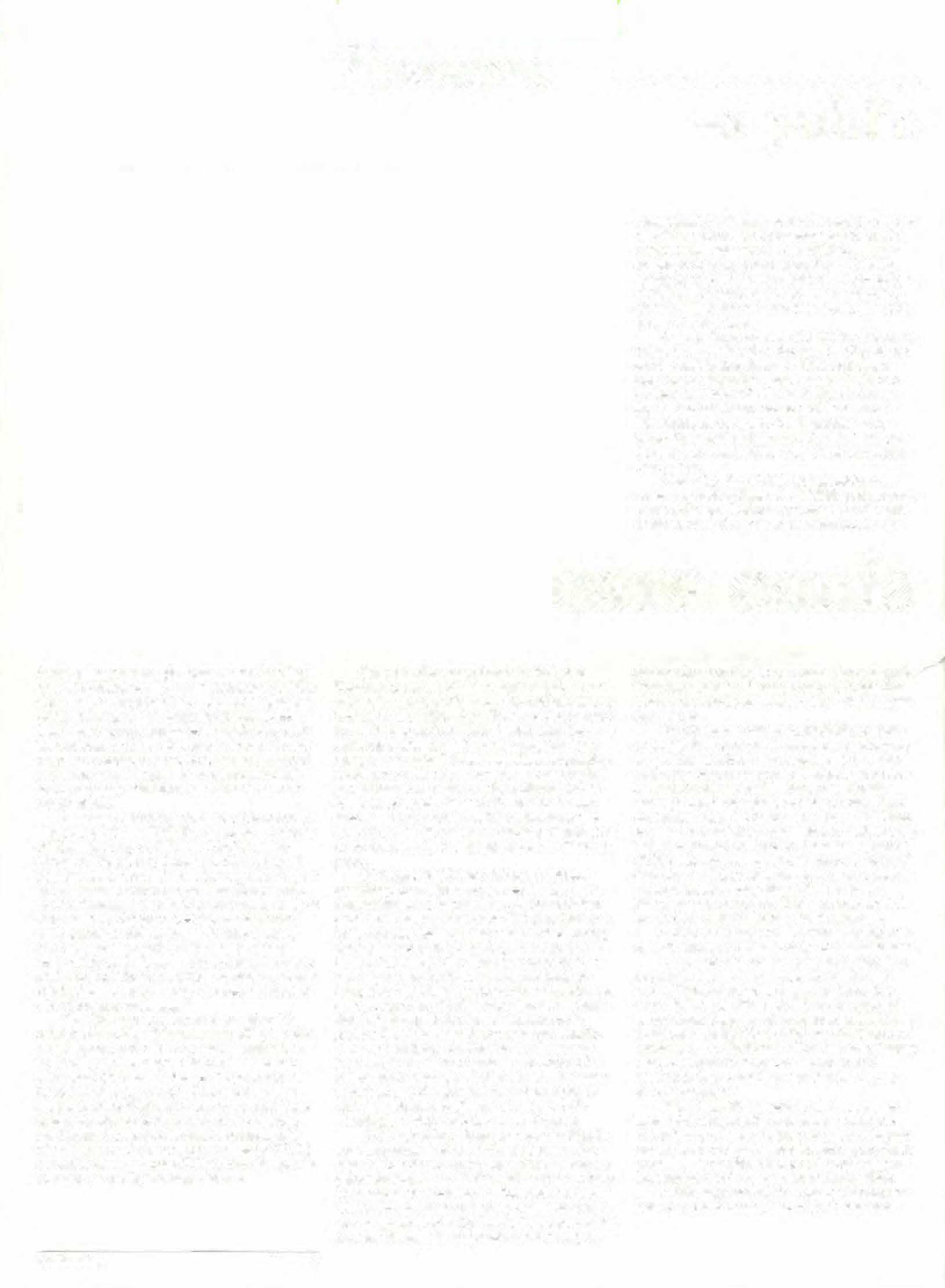
Do�s and cats are all around us, they live at> pets in homes or as strays in streets and parks. Thus, even with tough clog laws, it is very difficult toeliminate Toxocara eggs and larvae fromplaygrounds and backyards. There i:),however, something whlch can be done, aL�cording to Dr. Glickman. "'The key to redudng the prevalence ofToxocara larvaein the ground is by preventing roundworms to ma· ttu·c in puppies."'
More than 90 percent of all puppies are born with theparasite and the$e worms are 1he primary source of eggs and larvae. Roundworm!! have evolved a complex life cycle which permits intermediate ho!i'ls and which makes eradication of the worm almost impossible.
Adult dogs and bitches carry roundworm larvae in their tissues, but they do not nor-
Bellwether 6 Toxocara •• ••• 0 •••• •• ••• ••• -a
public
•
Penn Annual Conference
health danger
mally cause the reaction seen in humans. When a bitch is pregnant, after the fortysecond day of gestation, these larvae migrate to the fetus whe1·e they settle in the liver. Once a puppy is born, the lanae migrate to the lung and from there into the tra<:hea whet·e they are swallowed. They develop into adults in the small intestine.
By the time a puppy is three weeks old it has adult roundworms which are capable of laying eggs. These worms can live up to six months and a female can produce up to 200,000 eggs a day. Puppies may receive additional larvae from the bitch while nursing, through trans· mammary migration. This influx reaches its peak at. the second week of the puppy's life and ends about thirty-two days after birth. These larvae wilJ also mature into reproductive adult. roundworms.
Roundworm eggl'i are not infective until they have emhryonated. This process Lakes hetween two to five week.s. Embryonated eggs, when ingested by humans or animals, hatch larvae. It was found that unembryonated eggs can survive for years if conditions are favor· able. So far no agent� other than extreme heat, has been found to destroy the eggs. They can .remain in the soil and embryonate later when environmental conditions are favorable.
By the time a puppy -is 1ive weeks old it has begun to develop an immunity toward roundworm. 'Most of the ingested larvae no longer develop into worms but instead migrate to tissues Lo resume. migration if the host is female and becomes pregnant. Then the cycle begins anew. It has been shown that adult dogs, other than lactating hitches, rarely have roundworm infestations.
Common practice is to worm puppies at six and eight weeks of age. However, by then a puppy has shed millions of eggs. Dr. Glickman advocates worming puppies and nursing bitc:hes for the first time when the litter is two
weeks old. There should be subsequent worm· ings at four, six, and eight weeks. This practice eliminates most of the adult roundworms in puppies and greatly reduces the shedding of eggs.
Dr. Schantz and his colleagues at the Centers for Disease Control conducted a random survey of 100 veterinarians to find out what wor�ing routines were recommended to clients. They found that only 7 percent of the veterinarians surveyed recommended the worming of puppies at less than three weeks of age; 34 percent recommended worming by the fourth week, and the balance of the sample recommended worming between six and eight weeks. It was also discovered that 77 percent of the veterinarians would not treat fot· roundworm without a fecal sample; only 23 percent routinely wormed puppies without a sampJc.
'"The veterinarians can have an important role in eliminating this public heahh hazard by routinely recommending to their clients that the puppies and the bit<:h are wormed at two, four, six, ancl eight weeks," Dr. Glic:kman said. "The veterinarian has to educate his clients and explain the hazards of Toxocara infection and the importan,:e of keeping the whelping area and the yard cleaned up to pre· vent eggs from settling into the soil."
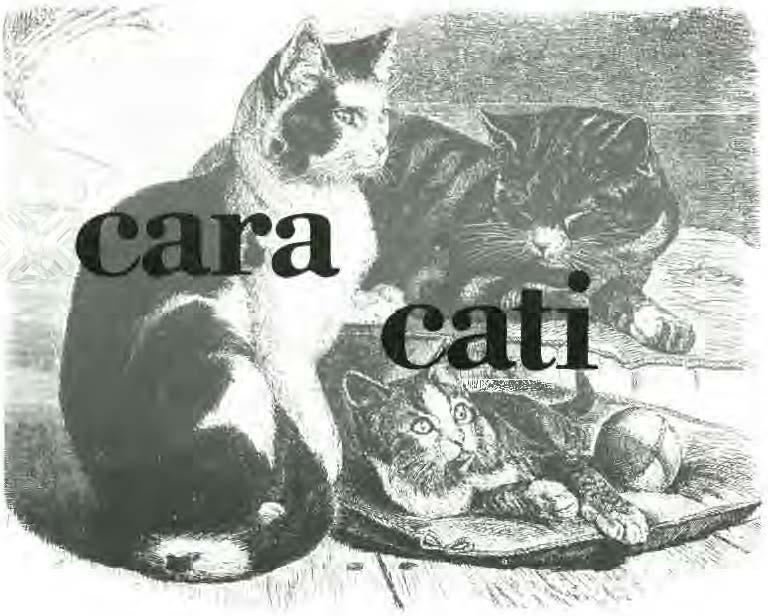
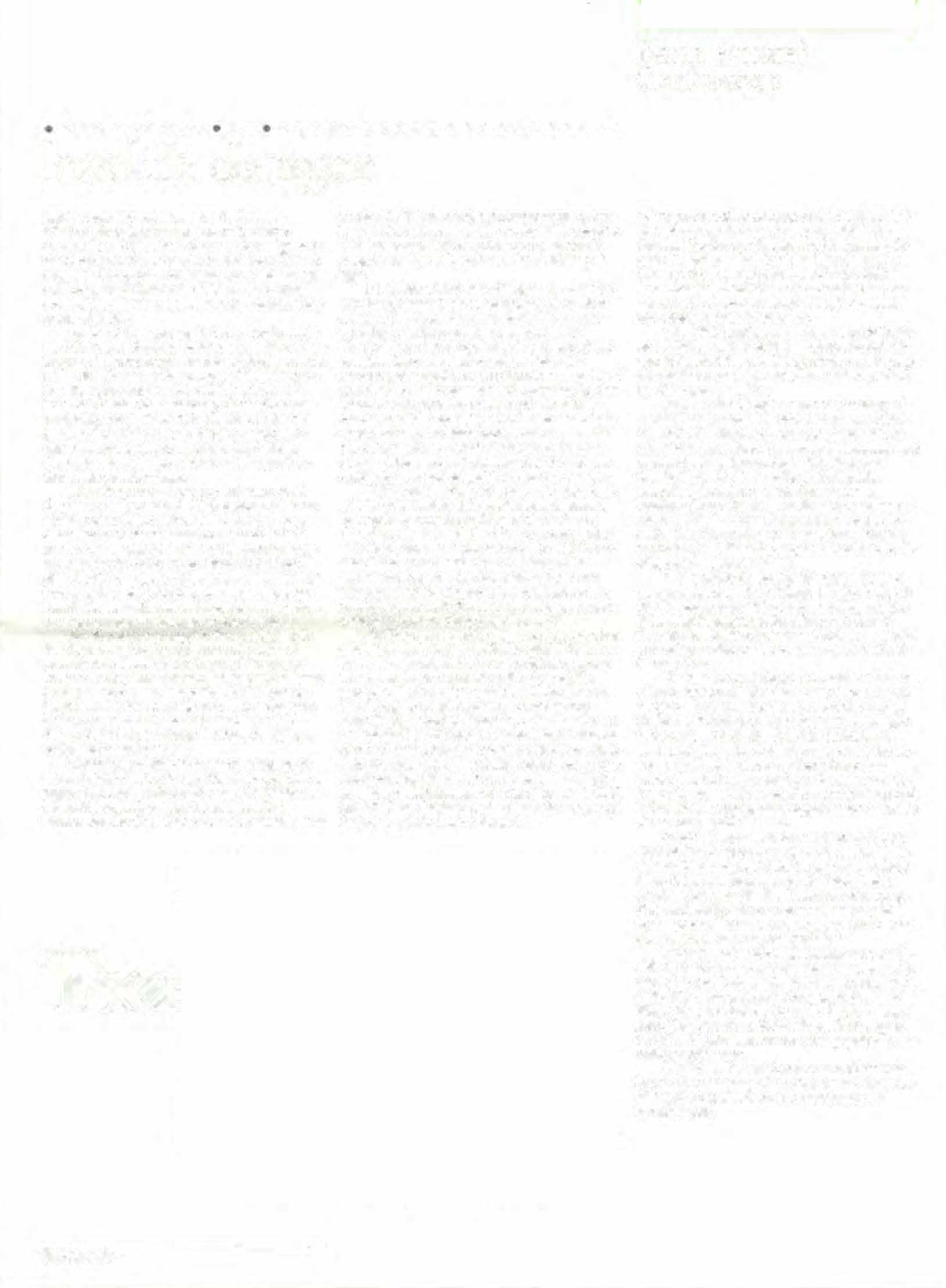
Dr. Glickman goes a step further. He advocates that each puppy which is placed in a new home he accompanied by a certificate stating that it has been wormed and is free of the parasite. He feels that this should be law and should apply to aU puppies, whether they come from a private breeder, a pet shop, or an animal shelter. He also advocates strict enforce· ment of leash laws and greater efforts to elimi· nate the stray dog population. Such preventive measures, together with eacly worming of all puppies, would decrease the inddence of OLM and VLM in children and reduee the stigma of dogs as a public health hazard.
We';e getting older, bigger, and better! As the School nears 100 years, a very special Penn Annual Conference is planned for January 2S and 26, 1984, at the Franklin Plaza Hotel in Center City Philadelphia-and if the 1983 Penn Annual Conference is an indication, we can expect a turn-out large enough to warm the whole month of January.
The 1983 Conferenl:e held at the Philadel· phia Hilton attracted 800 participants including: 450 practitioners, 100 speakers and faculty, 100 students, and 60 scientific exhibits staffed by 120 representatives.
Small Animal topics covered a variety of medi<�al and surgical problems such as: bleed· ing and skin disorders, epilepsy, parasitology, anesthe!olia, radiology, hormone imbalances, and human/animal interactions. Dr. Bradford Smith, from the University of California School of Veterinary Medieine, spoke on equine salmoneUosis, liver diseases, and pneumonia in foals. Other large animal topics in· eluded bovine orthopaedic problems, bovine medicine, calf diarrhea, equine botulism, radi· ology, and ophthalmology.
The Robert S. Brodey Memorial Lecture was presented by Dr. William Hardy. Head of the Laboratory of Veterinary Oncology at the Memorial Sloan-Kettering Cancer Center in New York. Dr. Hardy lectured hefore an audi· en<:e of over 300 on Retroviruses and Animal Cancer Genes.
Dm·ing intermissions and lunch, senior veterinary students had time to meet future employers. Sixty practitioners (37 Small Animal. 21 Mixed Pradic�e. 2 Large Animal) requested interviews with students to fill positions in their practice. The students supervised the in· Lerview schedule from a private interview room. The Sc:hool is proud to he able to help its students and area practitioner·s find mutual· ly beneficial employment opportunities via the Penn Annual Conference.
Another important function of the Penn Annual Confer·ence is to allow students, faculty, practitioners, and staff to meet and mingle in an informal atmosphere. On Wednesday evening, January 26, the Dean hosted a recep· tion and buffet wher·e conversation ranged from sports, finanee!ol, and auto repairs to complex medical and surgical problems.
Twenty aulo-tutorial programs were avail· able in a private s<:reen1ng room for thoHe who wanted a break from the lecture format. Video and slide programs on Orthopaedic and Soft Tissue Surgery, Exotic Animals, Rabies, Lameness, Conformation, Gait, Biopsy Techniques and Chest Tube Placement were popular items with praditioners.
The Penn Annual Conference offers ten· hour·s of continuing edm�ation credit, thus fulfilling the requirement for relicensure in Pennsylvania.
• •• • ••• • • • • • • • • • • • • • • • • • • • • • • • ••
Spring 1983 7
Toxo
illiam D. Hardy, Jr., (V '66) delivered the Brodey lecture at the 83rd Penn Annual Conference. "1 felt "ery honored to be asked," Dr. Hardy s11id. "Dr. Brodey was a good friend and it was he, who, together with Bob Marshak, encouraged me to go to Memorial Sloan-Kettering Cancer Center where I got in on the ground floor of cancer immunology." Today Dr. Hardy is the head of the Laboratory of Veterinary Oncology at that in!'!titntion.
He produced the first antiserum to feline leukemia vinu1 in 1968 and identified the inter· species (gs-3) antigen that is found in most mammalian oncovirusel! in 1969. Dr. Hardy de-
Sails, Masts, Fins and C A M E
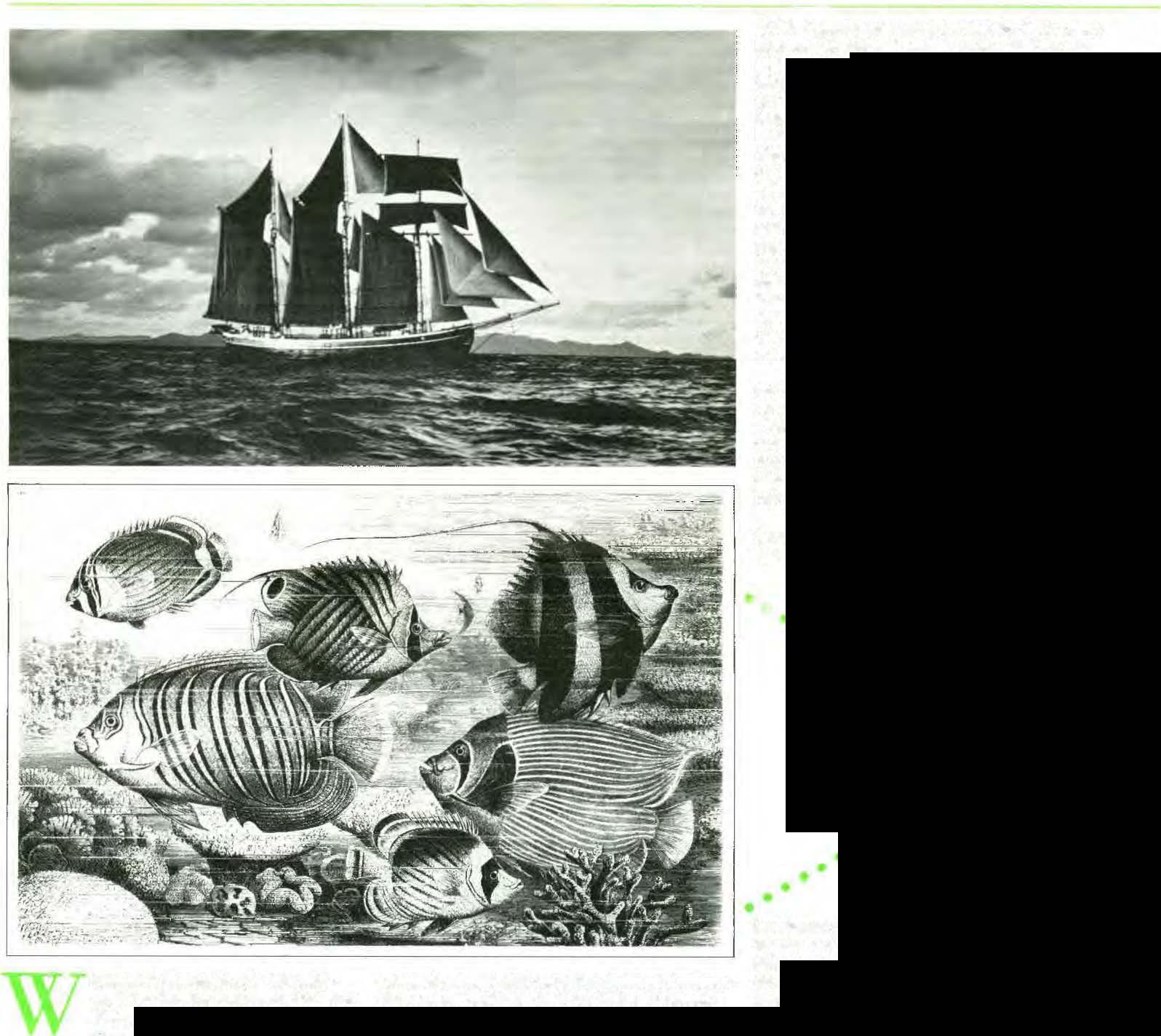
Baltic trader and was in service for forty years between Greenland and Scandinavia," he explained. "In 1970 !!he was bought by a Cana· dian who had her refitted into a yacht. The work was done in Denmark and the craftsman· ship is superb." Dr. Hardy and his friends bought the Lind0 five years ago. Her deck is ninety-two feet long and twenty-two feet across and she sleeps ten guests and a crew of eight. "She is in the Caribbean where she is char· tered to individuals or corporations for cruises," he said....The Lind0 has a permanent captain and a crew of five. The crew arc most· ly young people, many are college students who take off for six months to work abroad. The captain loves the ship and keeps her in tiptop shape. It's expensive owning her. She was bought as an investment, but she is no money maker."
Dr. Hardy spends alwut two weeks a year on the Lind0 and he was aboard when she came to Philadelphia last year to participate in Philadelphia's 300th birthday celebration. She was part of the flotilla of Tall Ships sailing up the Delaware. The faculty of the veterinary !!Chool had a fit·st-hand opportunity to inspect the ship during a party given by Dr. Hardy.
''lt is hard work sailing her, everything is done by hand. The sails have to be hoisted by hand and this can be dangerou�. During one
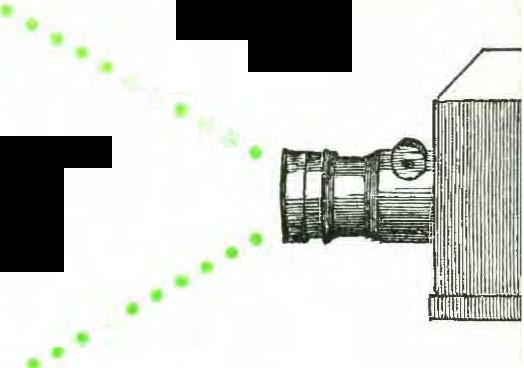

veloped a rapid and sensitive indirect immuno· fluorescent antibody test for feline leukemia virus. In addition to his work at SloanKettering he heads the National Veterinary Laboratory in Franklin Lakes, N.J., a private laboratory which test!\ for the feline leukemia virus. "We get blood slides from all over the world," he explained. "\..ats can he carriers without 11howing signs of the infection and, because the virus is spread through the saliva, it is important to identify carrierl>."
Dr. Hardy loves his work but to get away from the demanding schedule he skin-dives and sails. It is his love for sailing which caused him to buy the Lind�, a three-masted top-sail schooner. He co-owns the ship with two others, Dr. Tony PaJminteri, a veterinarian, and an advertising executive from New York. "She is a
hurricane off Bermuda several years ago the captain and one member of the crew were pinned on the yards when they tried to reduce the square. They were caught up there for a long time. Fortunately they were not burt and we did not lose the sails or the mast," Dr. Hardy said.
On a trip thissummer theLind0 was not quite so fortunate. "She had been chartered for the filming of AllTheSad YoungMen and had to be brought to Chicago through the Great Lakes. It took five weeks to get her home from Chicago and we lost three sails." This was not the firr�t film for which the Lind0 provided a set. She also starred in TheIsland and was the "main character" in a NBC docu· mentary of the 1980 tramo�atlantic race from Boston to Norway. "She came in second overall in that race," Dr. Hardy said proudly. He
Bellwether 8
• • • • • • .. •
R A

hopes that a sponsor can be found for next year's transatlantic race. "Last year there was no American ship in the race, even though it originated in Newport, Rhode Island."
When sailing on the Und0 or other ships, Dr. Hardy is not content resting on deck. He pursues his other hobbies, skin diving and un· derwater photography. ''I love skin diving and I dive to photograph." He usually carrie!l a de· vcloping kit and processes his slides right on board. ''That's easy and then you can see whether you have the correct light. If things didn't turn out, you can go hack and take more pictures."
Last summer Hardy ll'aveled to Au!ltralia to join a diving trip to a remote atoll in lhe Coral Sea which lies beyond the Great Barrier Reef. "'There was a reporter from The l\lew York Time.'> aboard to do a story about the voyage. One of my pictures was used when Lhe article wall published," he said.
Hits love for diving and underwater photog· raphy tak.e him Lo many parts of the world. "In 1977 J helped start the Society for Aquatic Veterinarv Medicine," he said. "'We have about 300 members from the USA and Europe. We travel all over to dive, to get together and to discuss marine biology. We meet about three to four times a year to dive all day and lecture all night. Usually there are about twenty veterinarians on these trip�� mo.st are avid photographers."
New Referral ProceduresOpening Channels of Communication
A new referral system at the Veterinary Hospi· tal of the University of Pennsylvania (VHUP) went into effect in December 1982. The new procedures, according to Dr. Kenneth C. Bovee� Chairman of the Department of Clinical Studies, were designed by a joint committee of hospital clinicians and local veterinary practitionet·s to facilitate communication hetween hospital and practitioner.
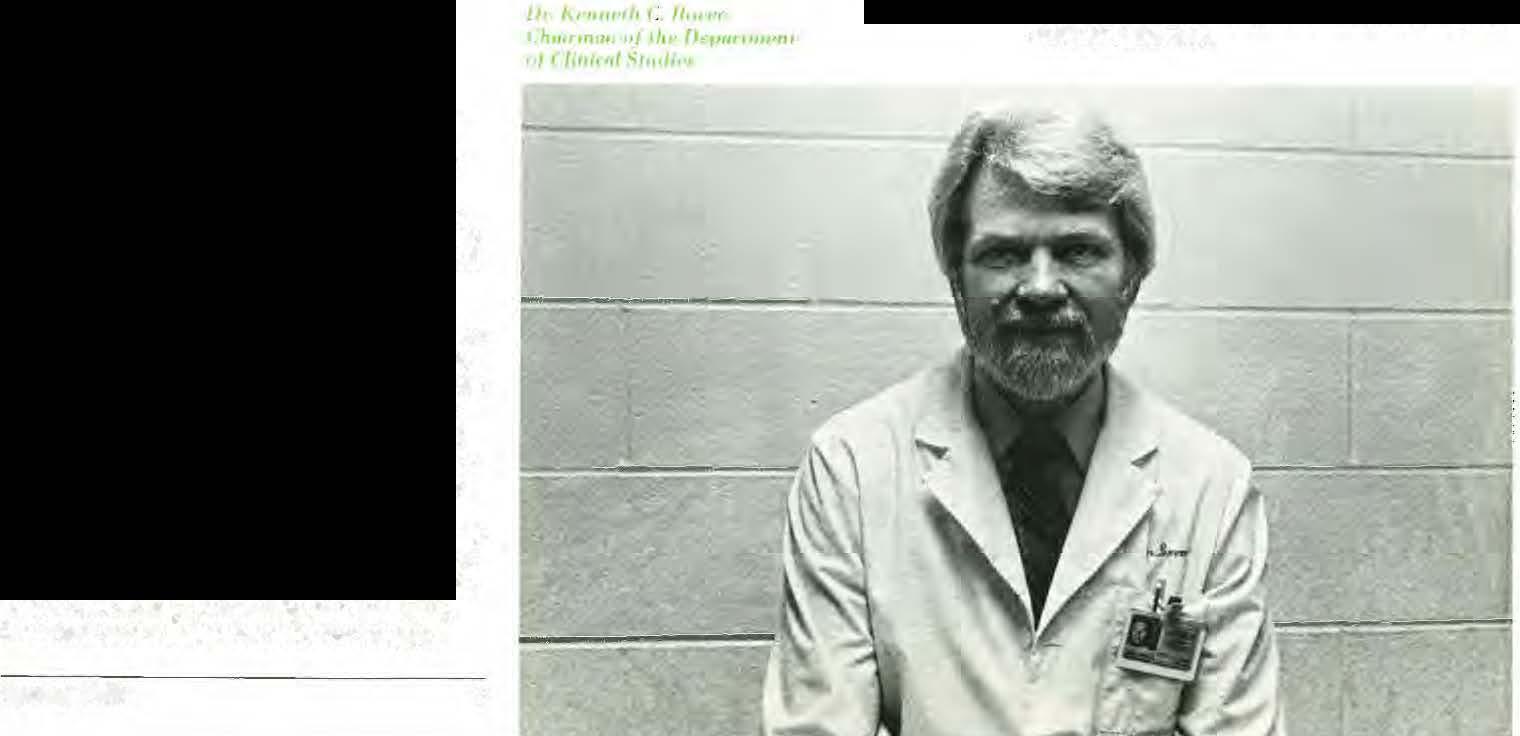
Cases are regarded as referrals only if the practitioner sends along with the client either a letter or a referral form stating particulars about the animal, its treatment, a provisional diagnosis, or the reason for referral. Practition· ers are asked to send along recordll of laborato· ry tests and radiographs. "'This give us an idea of what the practitioner is thinking about and it makes it easier for the clinician," tsaid Dr. Bovee. ""ln addition, it saves time and money as test!l do not have to be repeated."
Once the referral case hall been seen, the animal may be sent home on the same day with intermediate treatment measures. A referral post card, mailed by the hospital within twenty-four how·s, will inform the practitioner ubout which clinician saw the animal, the tenta· tive diagnosis, if the animal was hospitalized, and what therapeutic mea!lures were pre· scribed if the animal was sent home after the <'.onsultation.
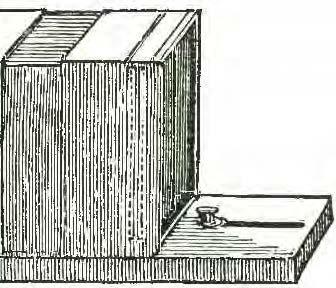
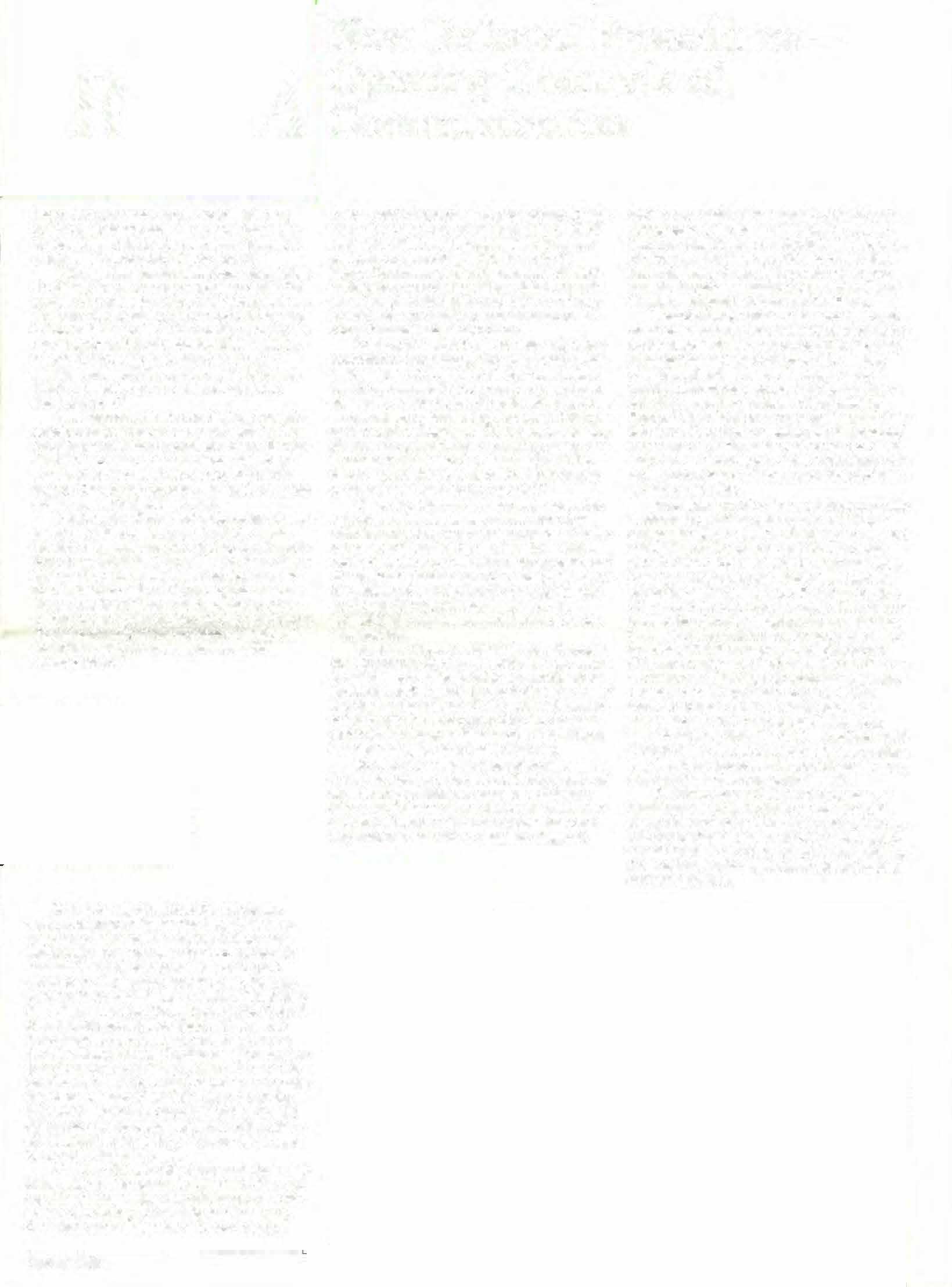
In cases where an animal is seen through the Emergency Service, practitioners arc asked to cal! the service to provide the pertinent in· formation and Lo alert the staff that the owner is bringing the animal. If the animal is admit· ted through the Emergency Service, the post card with a diagnosis follows after the animal has been assigned to a medical �en'ice.
In order to provide a complete diagnosi>�, it hlay be necessary to wait until the results of all tests and studies are complete. This may take several days to more than one week. The hospital clinicians will l!alJ or write the referring veterinarian with a complete diagnosis
within two weeks of the client's.visit. A monitoring system has been inHtituted to ensure that the practitionerts recei"-e this final report. Dr. Bovee encourages practitioners who find that this policy is not being followed to con· tact the hospital administration, either Barry Stupine, Hospital Director, or Dr. Bovee.
Practitioners, rather than owners, are ad· vised to contact the hospital if questions about a case arise. "We are always available for such consultation and we encourage this contact with the School� however, because we are a teaching institution, we are not able to function like a regular medical office," said Dr. Bovee. "Our clinicians are not on hospital duLy full time. They have teaching, administrative, and retsearch duties and most are in the clinic only two or three days a week." Clinicians will make every effort to return practitioners' calls as soon as possible.
Referrals provided by practitioners enable students and staff to gain access to difficult and challenging cases. In addition, the sophisticated diagnolltic facilities at VHUP provide practitioners with assistance for patients with rare or complex diseases. Mote than half of the 19,000 cases seen at VHUP during the laHt year were rcferrak Keeping open lines of com· munication between hospital and practitioner is essential. In addiLion to the new system for referrals, VHUP encourages practhioners to vi!\it the hospital-to look around and observe procedures. "This helps practitioners to make contact with the staff and to get to know them. It creates a better atmosphere and makes for a better relationship hetween U!l and the oulside world," Dr. Bovee added. Such contact is also encouraged through the continu· ing education program, the annual conference, and meelings with area practitioners.
Dr. Bovee hopes that the new system of handling referrals, the information booklet about the services at VIIOP, the referral form, and the feedback post card wiH provide additional channels of communication and enhance the cooperation between the teaching hospital and practitioners.
It is not surprising that Dr. Hardy has such great interest in marine life. "I have al· ways been interested in marine biology and had applied to graduate school Lo pursue it," he said...I was also accepted at Penn and I chose then to become a veterinarian. But my interest in marine biology remains." Dr. Hardy has a busy schedule. He lectures at the Cornell Graduate School in New York and he is ad· junct associate professor of oncology here at the Veterinary School. He also travels extensively to lecture to veterinary groups all over this (!Ontinent. "I like it. I enjoy meeting and speak· ing to practioners. Recently I gave an all-day lecture in Manitoba, Canada." Dlll·ing the ski season he tries to combine lecture tripts with a ski vacation fot· his family. "We try to get out West each winter," he said.
He lives with his wife Susan and their children, Billy and Smr.anne, in Northern New Jersey. His children enjoy the sailing and his wife prefers the skiing. The family has four pets, three cats and a Labrador retriever puppy.
Spring 1983 9
•Ill
The Loyal Red and Bl lu
Planning for class reunions and Alumni Day is underway. Veterinary classes celebrating class reunions are being contacted by class presidents and reservations for parties have been made at inns in the Kennett Square area. Most classes are celebrating in conjunction with Alumni Day activities scheduled for May 21 at New Bolton Center. The Class of 1933, celebrating its fiftieth, and the Class of 1958, celebrating its twenty-fifth reunion will be honored with a dinner at Allam House the evening of May 21.
Alumni Day will begin with a coffee reception with Dean Marshak, a video presentation, and tours of NBC conducted by the faculty. Alumni will gather at Alumni Hall for the annual meeting of the Veterinary Medical Alumni Society, chaired by Or. Nancy 0. Brown.
Following the meeting, during which awards will be presented by the Society to outstanding veterinarians, alumni will spend the afternoon enjoying a traditional barbecue and visiting. The party atmosphere will be heightened with music, flying of class flags and a display of the buggies and wagons kept at New Bolton Center.
Information regarding both reunion and Alumni Day will reach alumni by mid-April. Further information is available by contacting the Veterinary Alumni Affairs Office.
As the Annual Giving year enters its final months, alumni. parents, and friends of the School of Veterinary Medicine are once again responding to the challenge of meeting the goal for 1983-$200,000.
Over the years there has been a remarkable increase in the amount of annual giving. Ten years ago, the Fund received $77.228. Meeting this year's goal by June 30 will mean an increase of nearly 200 percent. This has been possible through the increased participation of alumni classes in the effort.


According to Or. Nancy 0. Brown, Alumni Society President, the classes of the Seventies have responded to appeals with increasing participation and amounts. Increasing the number of donors as well as the total receipts has become very important to the School. "The percentage of participation among alumni, rather than the size of the gift, is often an important factor when corporations and foundations review grant proposals." explained Elizabeth Caulk, Director Of Annual Giving for the Veterinary School. Last year, the Class of 1968 gave $12,285. The Class of 1952 mustered 69 percent of its members as contributors.
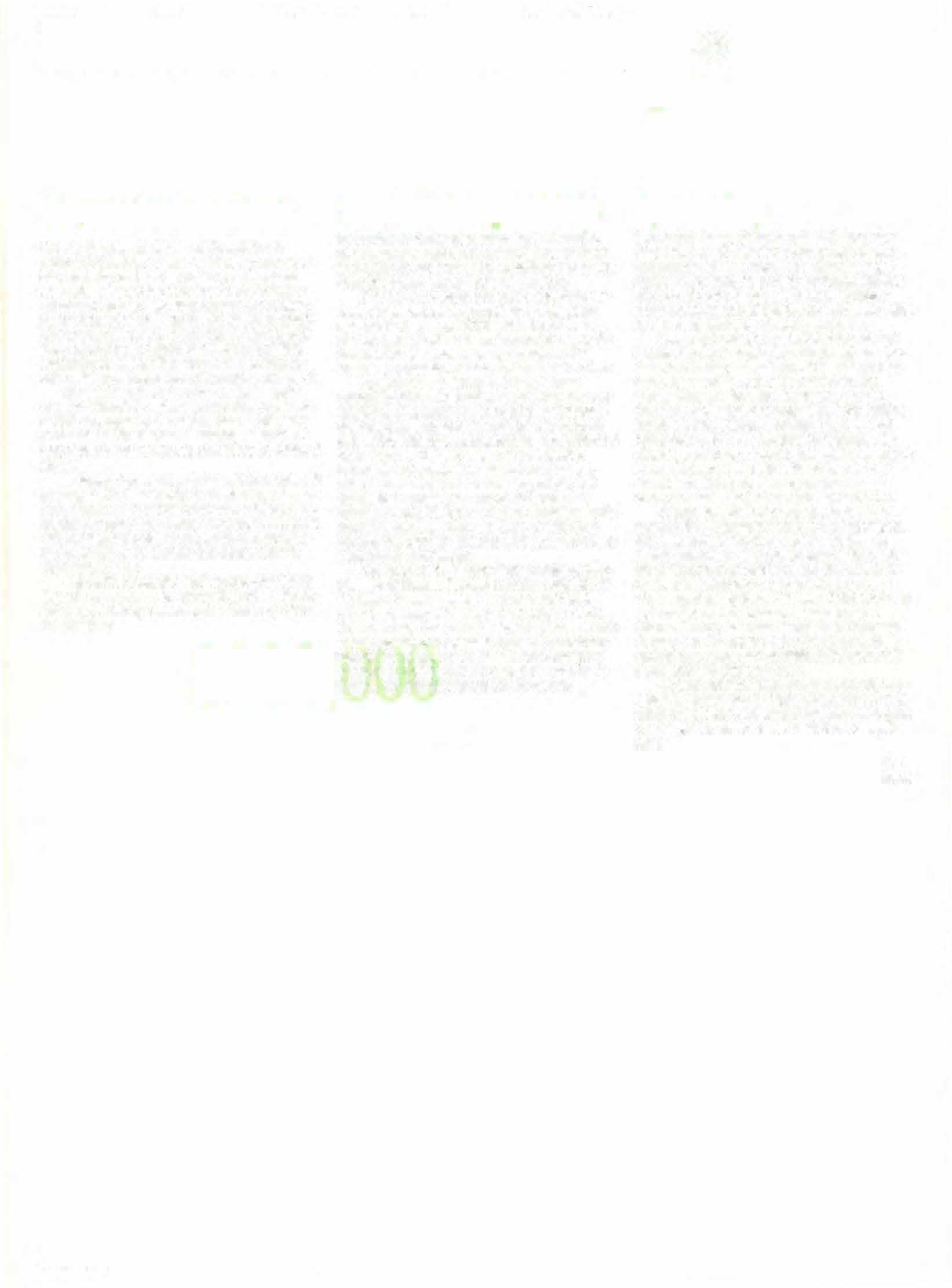
Chairman of the Annual Giving Campaign 198283, is Or. William B. Boucher, Emeritus Professor of Medicine. He has appealed to alumni and friends alike to continue and increase their support of the School through the Annual Giving habit because this money provides an essential source of unrestricted funding for support of the hospital and laboratory services as well as the high quality of teaching, research, and clinical programs of the School.
The student lounge of the Rosenthal Building was filled with hungry, muscle-sore veterinary students and faculty, and their families on Saturday night, January 8. As beer, donated by the Alumni Society and SCAVMA was Quaffed, hoagies and pretzels munched, the results of Sports Day 1983, were tallied by Jim Reed, third-year student coordinator.
Sponsored annually by the Veterinary Alumni Society, the day brought some 250 faculty and students into friendly competition. At Hutchinson Gym teams representing each class and the faculty battled away at badminton. basketball. squash, racketball, volleyball. and swimming. Levy Pavilion hosted a series of tennis matches. The Alpha Psi House was filled with ping-pong tournaments. By afternoon, veterinary runners were huffing through a three-mile course along Boat House Row in Fairmount Park. Points achieved by winners in each event were tallied to find an overall team winner.
A large bronze Sports Day plaQue, to be engraved with the name of each year's winning team. will soon hang in the VHUP student lounge. The plaque donated by Adelphia Graphic Systems, will show ''The Class of 1984" as a two-time winner of the event. Second place went to the second-year class, organized by Barb Flickinger. Third place was captured by the faculty team. organized by Or. Charles Newton, Associate Professor of Orthopedic Surgery, and his assistant, Dr. Chris Hutson. Other coordinators. were Rick Grgurich. fourth-year, and Karen Blumrick, first-year class.
As food and beer disappeared, Sports Day participants "limped" out to begin another semester of study and pressure. All agreed that this was a great way to get the winter semester off to an energetic start.
Football teamofthe Veterinary Department c. 1906
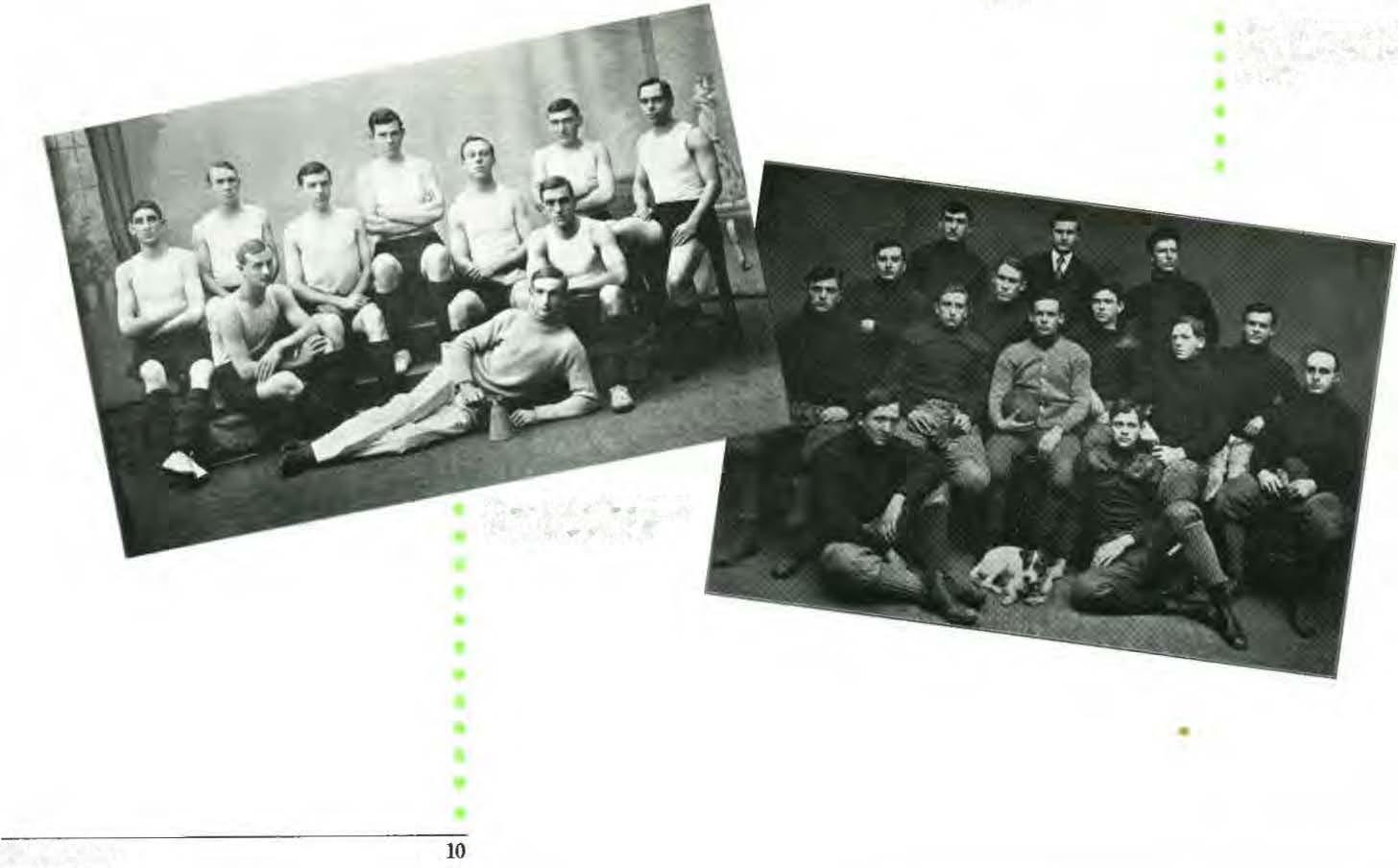
Bellwether 10
e
Crt'W of tlte Vetf'rittary Dep(lrtment c. /906
Symposium. The Veterinary Hospital of the University of Pennsylvania presented its Thirteenth Annual Symposium. Your Veterinarian and Your Dogs to a capacity crowd.
Dr. Donald F. Patterson spoke on Disorders of Sexual Development. In mammals. including dogs,
tissue. mammary glands, lymphoid organs, including the spleen. oral cavity, male genital system, respiratory system and bone. The incidence of cancer in the dog is not known-it could be more than 1,100 new cases per 100,000 dogs per year.
Inherited Skin Diseases were covered by Or. Vicki J. Scheidt. She described a hereditary blis1ering disorder (Epidermolysis Bullosa) reported in Collies and Shelties and Canine Color Mutant Alopecia. an abnormality pnmarily affecting the hair follicle in color mutants (blue, fawn) of certain breeds. She
Heartworm Prevention. Heartworm Disease occurs in almost every part of the United States. It is transmitted by mosquitoes and preventive medication may be recommended by your veterinarian. This is not a do-it-yourself situa1ion. It is important that a blood test be done to determine whether or not infection exists. Preventive medication should be used only if tests are negative. The medication must be given daily. Your decision may be based on the mosquito population in your area. whether or not the dog is outside at n1ght when mosquitoes are most active or even the cost of medication. Your veterinarian is the one to help with your decision.
1Somali Cats. A reader wntes that the Somali is a long� haired Abyssinian and, except for lhe medium-long coat. is exactly like an Abyssinian. In the last issue of Belfwether (#6), cat coats were described as Short� hair or Longhair. The Somali has a medium-length coat-the tail is a very full brush, and was incorrectly described as Shorthaired.
In the same paragraph, the Rex was shown as Red. Ttlat was a typographical error. The Rex is a Shorthaired cat with curly hair.

the sex chromosome of the male is XV and that of the female is XX. Males with the XXY Syndrome develop as males but are sterile. females with the XO syndrome develop as females but are sterile. This is diagnosed by microscopic study of the chromosomes.
There are five types of intersexes (often called hermaphrodites) recognized in dogs where it is not possible to tell definitely by observation whether the animal is a male or female. There are also male pseudohermaphrodites with XY chromosomes but in· complete masculination. Female pseudohermaphrodites have XX chromosomes and ovaries but their other genital organs are masculinized and the animals may be raised as males. In some cases, this condition has been shown to result from administration of male hormones during pregnancy.
Or. Patterson said that cryptorchidism is the most common defect of sexual development in dogs. occurring in 10-13 percent ot male dogs presented to veterinary clinics. Based on present evidence, a substantial reduction in the frequency of cryptorchidism could be brought about if unilateral cryptorchid males. as well as their parents. are excluded 1rom breeding.
Dr. Peter F. Jezyk's topic was New Developments in the Understanding of Inherited Metabolic Disease. These diseases are the result of altered structure and function of proteins and enzymes. The results may be inconsequential or lethal. Testing procedures are available to detect these conditions which may be one of the causes of neonatal death.
Dr. Mark E. Haskins described Lysosomal Storage Disease in Dogs. These are genetic diseases caused by enzyme malfunction. Six diseases have been described in dogs, some have a neurologic course resulting in death before one year of age. In some of the diseases, abnormal facial characteristics are seen. Children have diseases almost identical to those in the dog.
Canine Epilepsy was discussed by Or. George C. Farnbach He emphasized that 'seizures' and 'epilepsy' are not identical. Seizures are signs of disease. Dogs w1th true epilepsy have seizures as part of an as yet undefinable disease. The American Canine Epilepsy Service has been established to study the disease.
Dr. Michael H. Goldschmidt's topic was Cancer in the Dog. Diagnosis is by microscopic examination of tumor tissue which helps determine if the tumor is benign or malignant (life-threatening). The most frequent sites of growths submitted to the Pathology Laboratory at the University of Pennsylvania, School of Veterinary Medicine, are skin and connective
Cra-......


also discussed familial diseases: allergic inhalant dermatitis, hypothyroidism. seborrheic dermatitis and generalized demodectic mange.
Tapeworms are a common intestinal parasite of dogs and cats and can be difficult to control. Usually they are no! harmful to the animal, but the segments are unsightly and owners become concerned.
There are several species of tapeworms and all require an intermediate host. Dipylidium caninum is the common dog tapeworm and its life cycle requires the flea (or louse). The flea ingests eggs which have been passed in the tapeworm segments, the parasite develops in the flea and the dog swallows the flea. The worm matures in the dog's intestinal tract and its head becomes firmly imbedded in the lining of the intestine. The head produces segments which eventually are passed. These segments may be seen "crawling" over fresh fecal material and around the dog's tail. The segments soon dry up and look like grains of rice.
Treatment will be ineffective unless the head of the worm is destroyed. A new injectable drug (Praziquantel) is giving good results. However, even if all the tapeworms are removed, re-infection is probable unless the intermediate host is eliminated. Flea control must be considered part of the treatment for Dipylidium.

Taenia is another species of tapeworm found in the dog. It is found more commonly in country dogs which acquire the worms by eating infected rabbits, mice or other rodents which are the intermediate host.
There are a number of other tapeworms which may be found in the dog. A textbook on parasitology would be required to cover the subject. There have been many reports of "epidemics" of tapeworms which do not respond to treatment. It's surprising how many owners don't understand the problem. Worming the dog is only part of the solution.
ldentlfication. A photograph might help identify a dog if there are unusual markings, but describing a ''losf' dog can be difficult especially when so many breeds appear identical-Black Cocker Spaniels for example. Tattooing is a way to be sure a dog can be correctly identified. Usually a number is placed on the hairless skin of the inner hind leg. It lasts a lifetime. Another advantage is positive identification of show dogs. It might be difficult to find where proper equipment is availaule but tattooing is being done and is a simple procedure.
An excellent reference is A Standard Guide to Cat Breeds edited by Richard H. Gebhardt, Grace Pond and Or. tvor Raleigh (McGraw-Hill).
Popular Breeds of Dogs. The American Kennel Club has released registration figures for 1982. Based on numbers of each breed registered. Poodles were in first place (88,650), followed by Cocker Spaniels (87,218), Doberman Pinschers (73,180), Labrador Retrievers (62,465), Golden Retrievers (51.045), Miniature Schnauzers (36,502}, Beagles (35,538), Dachshunds (32.835) and Shetland Sheepdogs (30.512). 01 the 125 breeds of dogs and the 1.037,149 total registrations, the bottom of the list includes Sealyham Terriers, American Foxhounds, English Toy Spaniels, CurlyCoated Retrievers. Belgian Malinois. Harriers, Otter Hounds, Field Span1els, Sussex Spaniels and English Foxhounds. Foxhounds are not a "rare" breed but owners use other registries.
Age of Dogs and Humans. Any comparison is an "educated guess" but it's otten said that one Y€ar in the life of a dog is the equivalent of seven years in man. A recently published chart states that it has a more accurate measure:
Dog/Human
1 yr./15 yrs.
2 yrs./24 yrs.
3 yrs./28 yrs.
6 yrs./40 yrs.
9 yrs./52 yrs.
12 yrs./64 yrs.
There is no hard and fast rule, as there are great variations in different breeds. The small breeds seem to mature earlier and live longer. Giant breeds mature more slowly and their average lifespan is shorter.
In animals. including dogs, the teeth can be a guide in determining the age. Puppies have no teeth at birth. but the baby teeth come in at three to four weeks. At four to five months of age, the permanent teeth come in. After about one year of age, the amount of wear is an Indication of age, but there is so much variation in individuals, it becomes a guessing game. A dog is considered a puppy until it is one year old, so the teeth can do little more than indicate whether or not it Is puppy or adult.
1
Spring 1983 11
99 Down-1 to Go!
Immediately after the death of Dean Raymond A. Keiser in April 1952, Or. Mark W Allam was called to the office of the President of the University and asked whether he would accept an appointment as acting dean of the Veterinary School. He accepted, and served in this capacity until February 1953 when he was appointed dean. Dr. Mark Whittier Allam was the eighth dean of the School.
Although there had been some real progress under Dean Keiser, the new dean inherited a school which had severe problems. In fact. soon after he was appointed dean Dr. Allam posed the critical question of whether the School could. or should. survive. This question was asked of a small group of faculty, and after much soul-searching a decision was reached that an all-out effort should be made, not only to solve the problems, but to put the School on a pathway to future greatness. Considering the problems at hand, this was a brave decision.
At the time the following were recognized as being imperative to the School's future: The image of the School in the University family must be greatly improved; the School must win the support of important agricultural groups in Pennsylvania and use this, and other support, to obtain increased appropriations from the Commonwealth; the physical plant must be renovated and expanded; the faculty must be upgraded and enlarged; the relationship of the School to its alumni and the private sector needed great improvement. All of this would require consid· erable time, but under the energetic and astute guidance of Dean Allam a beginning was made in all of these problem areas. An essential feature in the renaissance program would be the wholehearted support of the faculty, In fact. the next three decades were a period in which the faculty came together as a cohesive, productive unit.
Before becoming dean, Dr. Allam had already developed some close. lasting friendships with important individuals in the university. These included Or. Isadore S. Ravdin, vice-president for medical affairs, Dr. A. Newton Richards, and Dr. Robert Dripps. Through these and other individuals the Veterinary School began to receive support from the University in many areas that were important to its future.
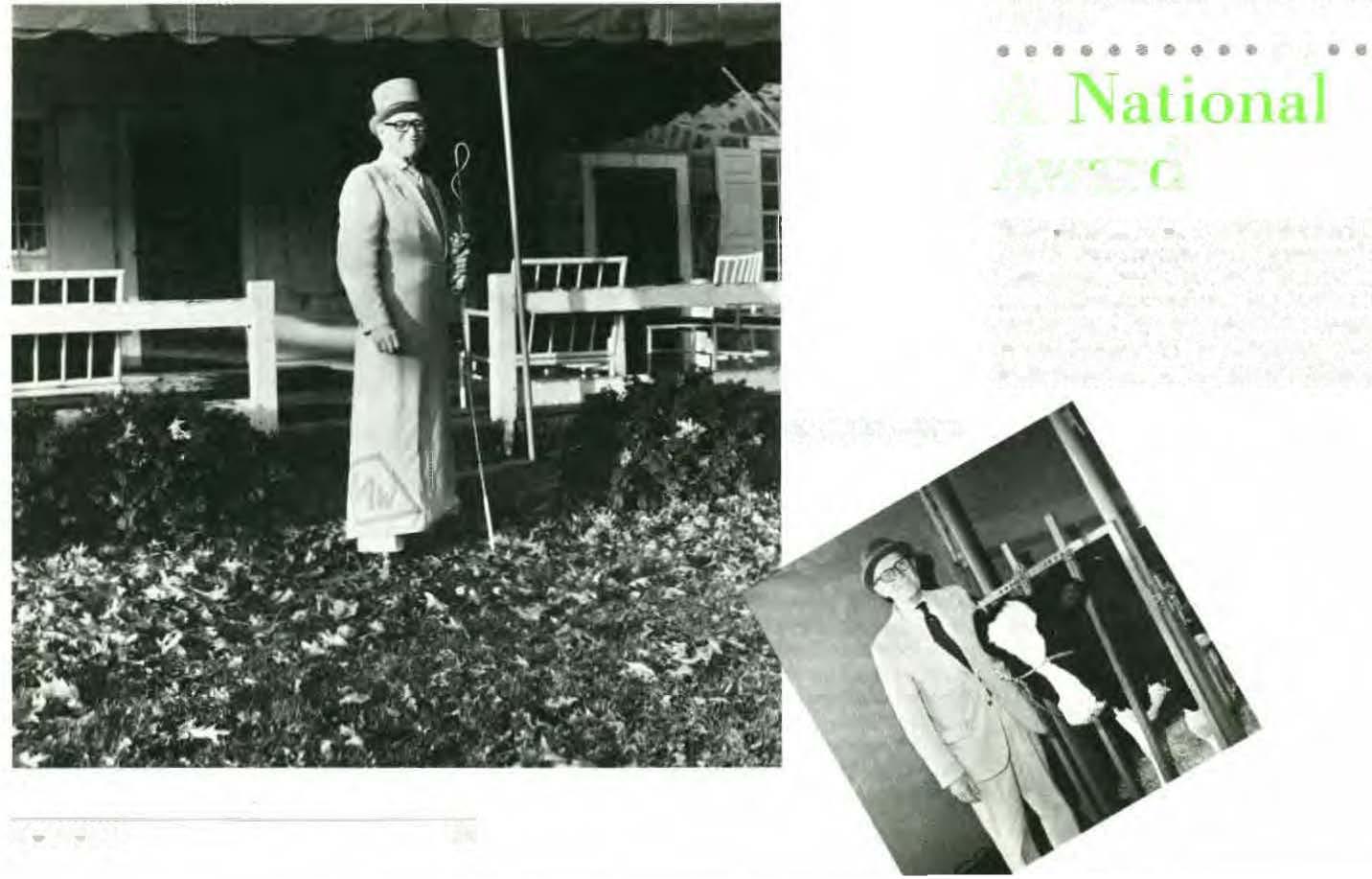
On the advice of Dr. Alexander Webb, an influential alumnus, Dean Allam joined various agricultural organizations. attended their meetings and carried the message that the Veterinary School intended to provide Pennsylvania with the very best in veterinary medical service, research, and education. Many of these groups become loyal supporters of the School, and this. along with Dean Allam's persuasive education of state legislators about the potential contributions of the Veterinary School, led to a progressive increase in Commonwealth appropriations.
Soon after Dr. Allam became dean he was able to obtain some funds from the University to renovate portions of the Small Animal Hospital and by 1955 a Faculty Study Group was diligently at work developing plans tor a new basic science building on the Philadelphia campus. This structure, completed in 1963 and known as the Rosenthal Building, not only provided the School with urgently needed space for research. teaching and a library, but also marked a turning point in the School's relationship with the Commonwealth. To construct this building, the Pennsylvania State General Authority. through its General State Authority, provided a S2.2 million loan. At the time, Dr. Allam recalls, those who had been advocating a veterinary school at Penn State University "backed off."
The matter of recruiting a larger, better trained faculty was a slow, difficult process. Since its inception. in 1884, the School had largely depended upon its own graduates to staff its faculty. While this process resulted in the appointment of some excellent individuals who were the backbone of the School for many years, this inbreeding process also resulted in a faculty lacking individuals with advanced training and rather parochial in its views. Following World war II most veterinary schools began to undergo some pronounced changes; other schools were developing faculties with larger numbers of individuals who had done graduate work and were expanding their research programs. The Veterinary School at Penn suffered by comparison, especially in its research activities. A saving feature at Penn was the presence, in the early 1950s, ot a small nucleus of faculty who had begun some major research. Particularly noteworthy were Or. David K. Detweiler and Dr. John T. McGrath; Dr. Evan L. Stubbs was continuing his outstanding research on poultry diseases. Dean Allam set about attracting faculty from other institutions and also from among Penn graduates who had a desire tor advanced training. An importan1 feature in this building process was that individuals on the Veterinary School faculty were able to engage in graduate work in the Faculty of Arts and Sciences and in the Graduate School of Medicine. Through this process. and the attraction of individuals who had already established themselves. a strong cosmopolitan faculty was developed.
One essential step in the renaissance of the School was the acquisition of a rural campus, New Bolton Center, in 1952. At that time the Veterinary School was in danger of losing its accreditation be· cause of the very low clinical load of farm animals and horses. New Bolton Center provided the means of answering this problem. More about this in the next issue. •
,tr l
Bellwether has won a national award from the Dog Writers Association of America (DWAA). This award, made hy the DWAA al their annual banquet and meeling in New York City on February 13. 1983, was in the category of Special Jnterest AnimaJ Magazines. Last year Bellwether received a national CASE award.

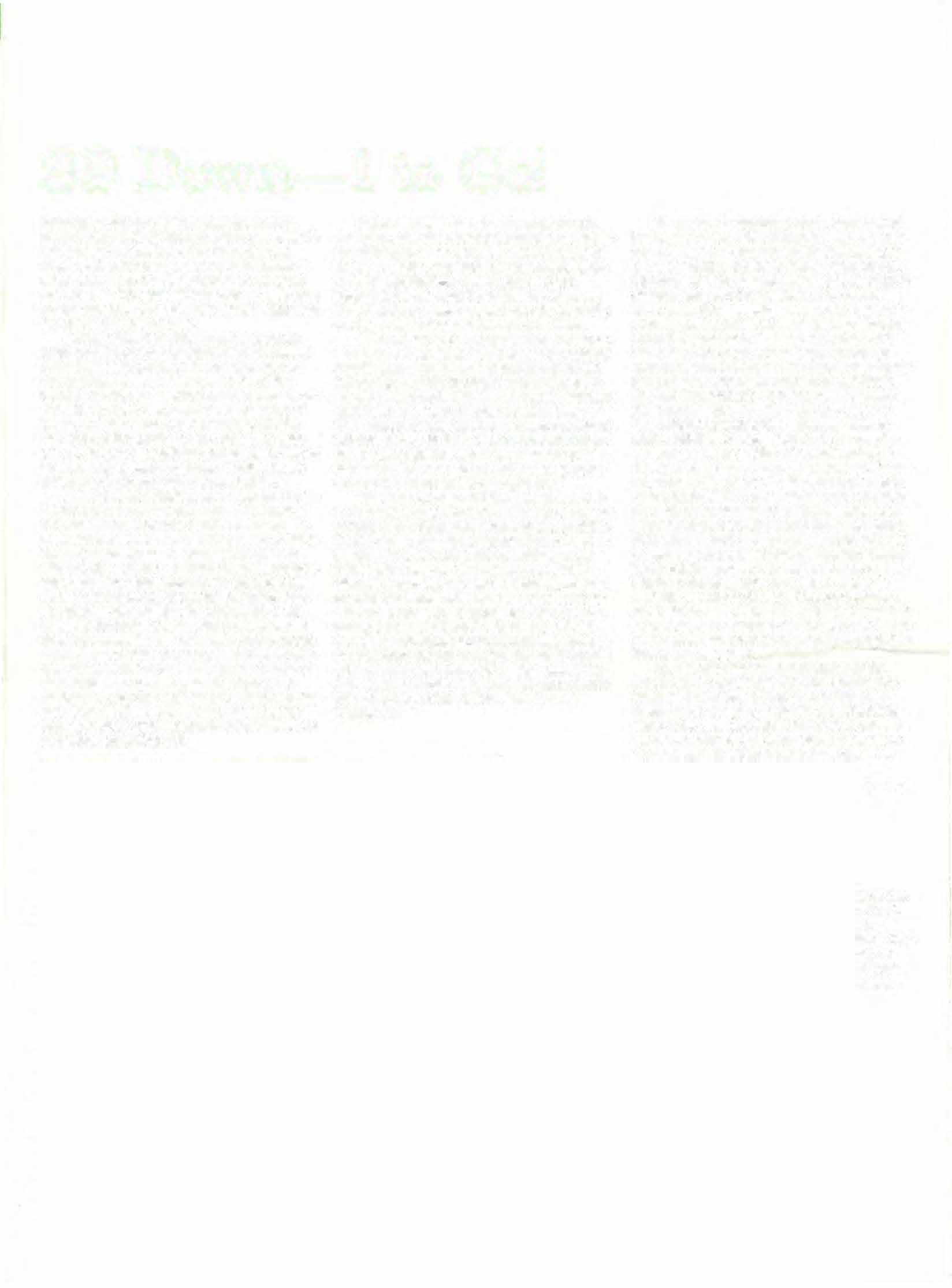
Bellwether 12
fJr.Mnrlrrl".Alfam
•
• •
A �atJOJltl t\,,
•
Student Chapter of the American Veterinary Medical Association(SCAVMA)
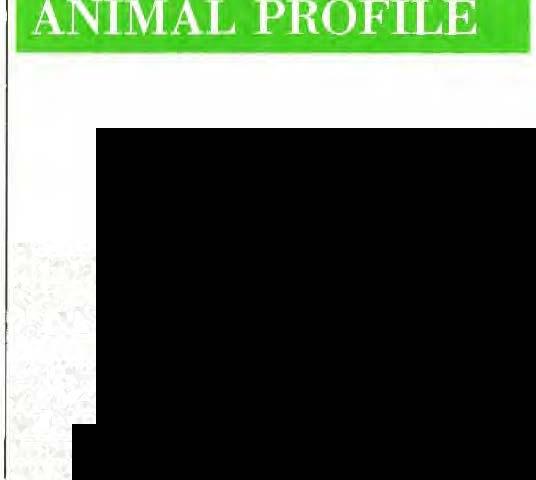
The members of the Student Chapter of the American Veterinary Medic::al Association (SCAVMA) at the School of Veterinary Medicine, University of Pennsylvania, elected the following officers for 1982-1983:
President: .lim Lnnig
Vice President: Amy Worrell
Secretary: Cathy C'..atanzaro
Treasurt!r: Holly Leather
The faculty adviser is Dr. David Kowalcyk, assistant professor of pharmacology and toxicology.
SCAVMA and its anxiliary, each ye,ar, spon· sor a number of events. These include: a fall and spring picnic, a square dance and a dinner dance, hoagie and T-shlrt sales to raise money for financing student delegates to attend the annual symposium �ponsored by the national association of SCAVMA, guest Lecturers for monthly meetings, an auction and raffle to raise money for the Student Emergency loan fund.
Students joining SCAVMA have the follow· ing benefits: immediate membership in the American Veterinary Medical Association (AVMA) with a waiver of dues for the first year and reduced dues for the next two years of membership; reduced subscription rates for the AV.MA Jou.mnl. and the American Journal of Veterinary Research. access to the AVMA Auxiliary Student Lc'>an Fund for juniors and senior�. group l£:rm Jife insuranl'e policies, and malpractice inRurancc which is available for students in externsrups and preceptorships, placement service for senior !!tudents assis· tance for obtaining speakers, and access to a film library.
Continuing Education Program
The final continuing edu<'ation program for the 1982-1983 calendar year, Health and Eco· nomic Pr.ogram!ii for the Large J>iary Herd, will be held on Wednesday, May 18, 1983, at the Baltimore Hilton Inn at Reisterstown Road in Baltimore, Maryland. Dr. Kenneth Braun, Professor of Preventative Medicine, from the llniv<'rsity of Florida Sehoul of Veterinary Medicine; Dr. Lawrence Heider, Professor of Preventative Medicine, from the Ohio State Universit}' School of Veterinary Medicine; and Dr. John Fetrow, A.!'sociate in Animal Health E<'onomics, from the University of Pennsylvania School of Veterinary Medicine will discuss nutritional consultatio�, reproductive programs, mastitil:l control programs, record systems, and practice economic�< in large dairy herds. This course is co-sponl-lored by the Universjty of Maryland, the Unh·ersity of Pennsylvania, and Penn State Univer�ity.
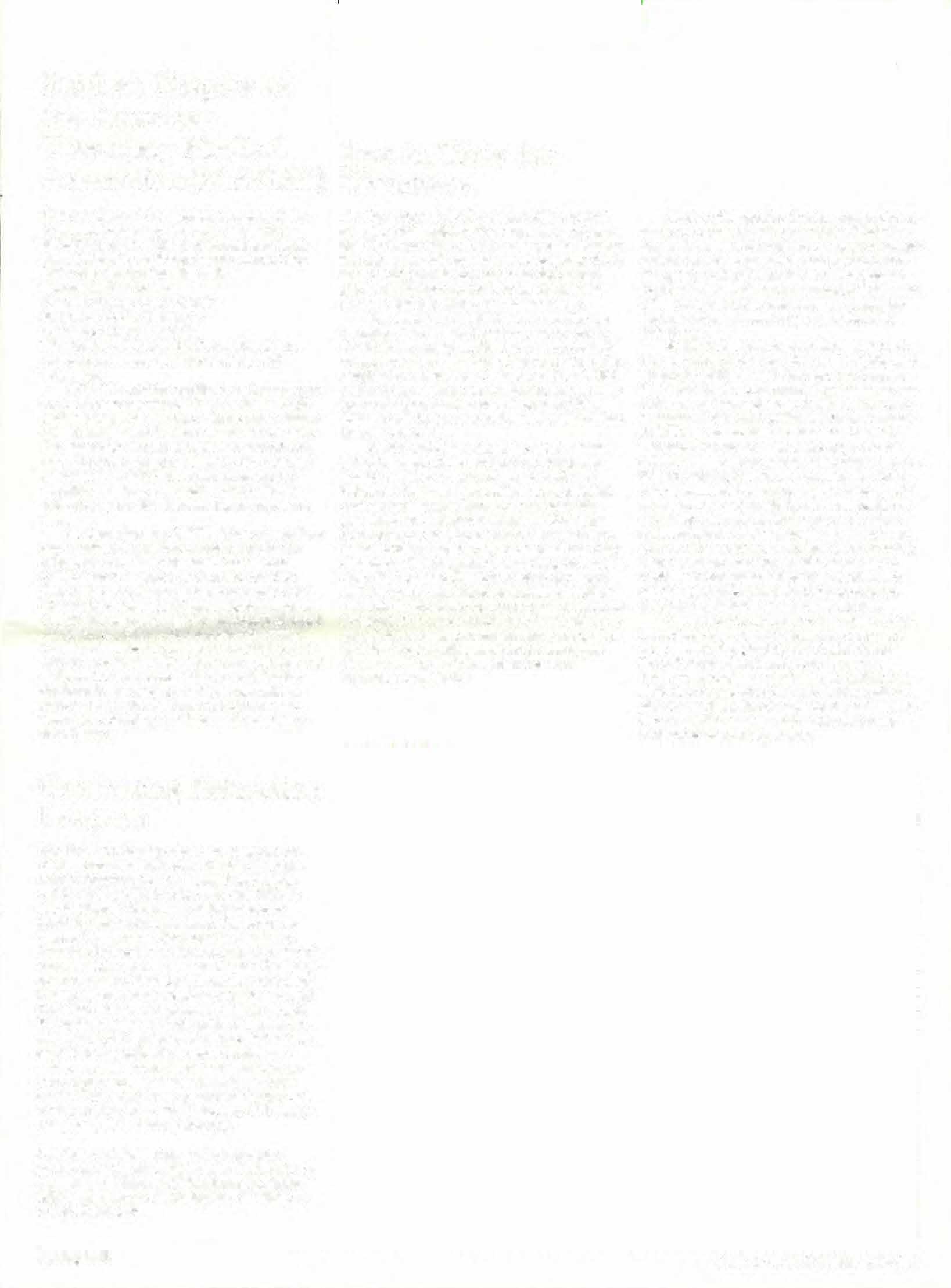
For further irtformation and registration plea11e contact: Ashra Markowitz, UnitJersity of Pennsylvania, School of Veterinary Medicine, 3800 Spruce Street, Philadelphia, PA 19104; or call (21.5) 8984234.
Just in Time for Christmas
On December 25, 1982 between 9:30 and 9:45 a.m. the Philadelphia Zoo received a very special Christmas gift: a baby male gorilla. Measur· ing approximately two feet and weighing three and a half pounds, the infant is the second gorllla to be born at the Zoo in the last two years. A female, Jessie, was born in 1980.
For almost a month the new gorilla was nameless. But in late January a name was selected from among 12,000 entries in a contest co-sponsored by The Daily News and the Philadelphia Zoo. Mrs. Joan Velosk.i of Drexel Hill entered the winning name, Justin, because the baby was "just in time for Christmas."' Mrs. Veloski will be present at Justin's public debut in early Fcbmary.
Justin and JeetSie share the same father, John, however. their mothers are different. Jessie's mother is Samantha and Justin's is Snickers. Snickeri'l, who suffers from arthritis and is part.1ally paralyzed on her right side, gave birth to a stillborn infant in 1974. Last year doctors performed tests on her tn determine fertility, and during the second test they discovered her pregnancy. According to keeper, Patti Kuntzmann, Snickers's labor was short and the birth was n�lativcly painles�. Mother and infant will share the same cage as Snickers is expected to nurse Justin for six months to a year. Snickers was pre!!ent during Jessie's birth and for the past nine months she has spent time watching the interaction hetween Samantha and Jessie.
In the wild, goriUas live in groups with as many as twenty to thirty members. Their he· havior is learned through three steps of sociali· zation: maternal, parentaJ, and juvenile, and the group is integral in the learning process. Captive animals are often separated from each other, consequently, they must be taught be· havior patterns concerning copulation and infant care.
Snickers, Samantha, and John arrived at the Zoo along with two other males, Tohy and Bobby, in 1969. At that time the Zoo became interested in the 1reatn1ent of primates in captivity. It was impo�ible to duplicate the envi· ronmcnt of the wild gorilla in the Rare Mam· mal Honse where the gorillas were housed. The facilities are poor and the cages are too smaJI to foster much group interaction. Yet Dr. Robert Snyder, Director of the Penrose Laho· ratory, believed that some aspects of the social group should and could be reconstructed. He especially stresHed the importance of a close mother/infant relation�ship. Each animal was placed with a surrogate mother (a zoo keeper) who remained with the gorilla seven days a week for three yearH. All of the gorillas also ate and played together in their early years under the guidance of animaf specialists.
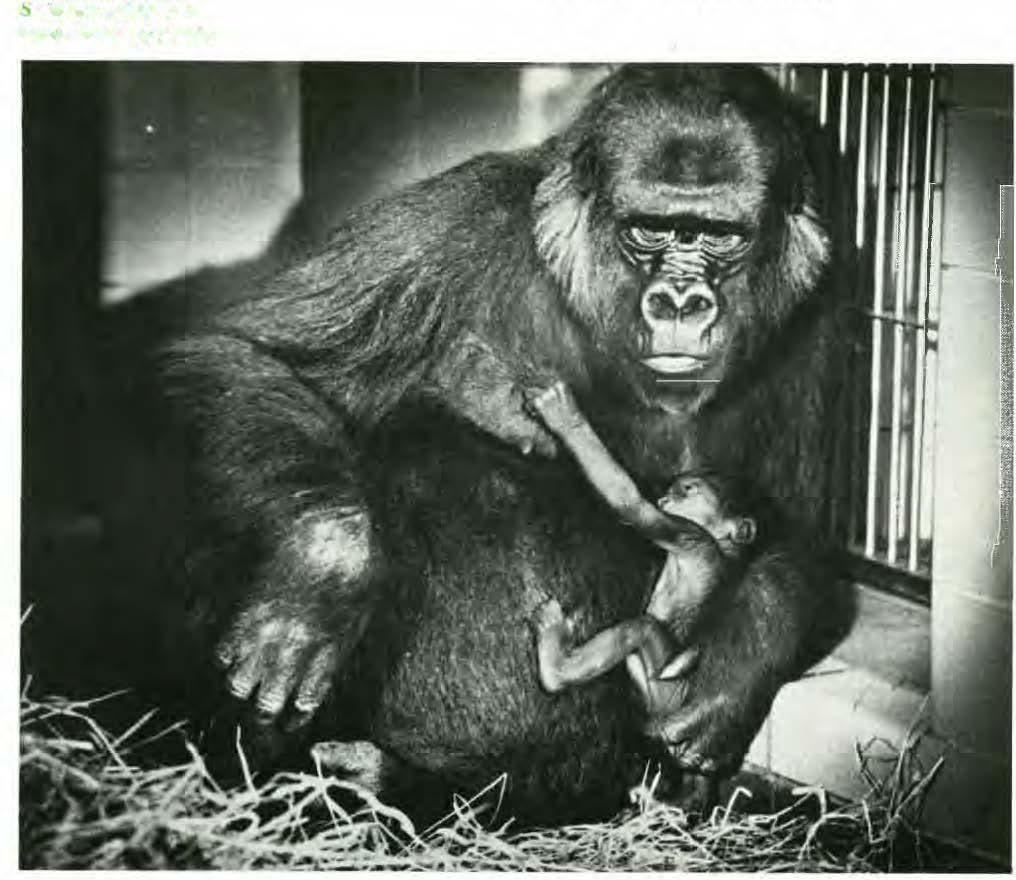
Currently the goriJias are in a stage of intermittent experimental progress. A new primate center, rlesir;med by the Philadelphia firm, Venturi, Rauch and SC'ott Brown, is under con!-ltrnclion and should be finished by 1986. It is huped that the new facility will enable the gorillas, Ju!'llin and Jessie included, to £orm a gorllla nucleus and to interact with each other e"·cn more clmely.
nwhcr�holdsher
"''"l11•rn furll\ !11�1111
Spring l983 ]3
Phoro bythePhi.ladelphmDailyNews
Rosettes & Ribbons
Congratulations to the Kennel Club of Philadelphia on their highly successful dog show held on December 18, 1982. There were over 2.500 entries in the 88th annual show.
Dr. Peter Hand. professor of anatomy, recently presented a talk at two locations in Taiwan. The talk was entitled "An autoradiographic deoxyglucose study of some central effects of acupuncture." This was presented first at the plenary sessions of the First International Symposium on Acupuncture and Moxibustion held in Taipei on November 19-21, 1982, and then on November 23 at Taichung.
Dr. Peter Dodson, associate professor of anatomy {paleontology} was awarded a grant by the Board of University of Pennsylvania Research Foundation for a project titled "Comparative analysis of a new small horned dinosaur." Or. Dodson was the subject of a recent story in The Philadelphia Inquirer. The dinosaur in question dates back 75 million years and Or. Dodson describes it as "an extremely rare, small horned dinosaur that doesn't fit the public's conception that dinosaurs were huge species." The small horned dinosaur was about four feet long and two feet high. Dr. Dodson points out that "if there were people around then-which there weren't-this dinosaur would have been completely harmless and inoffensive." The bones were discovered in 1981 in central Montana.
Ralph E. Werner. Jr. (V'68), recently became a diplomate of the newly formed American Board of Veterinary Practitioners. Dr. Werner practices in Somers Point. N.J.
Congratulations to Scott
0. Moron a senior student who was named recipient of the newly established Bide-A-Wee longSondheimer Scholarship, Scott is a native of Massapequa, Long Island. He was listed in the 1974 edition of Who's Who in American Junior Colleges, and in 1979 was a Mark Morris Animal Foundation Fellow. The Bide-A-Wee LongSondheimer Scholarship is made possible by a legacy received for the overall purposes of BideA-Wee toward the betterment of animals in general. Two full scholarships are provided annually to senior veterinary students-one at Penn. and one at Cornell. Bide-A-Wee, founded in 1903, is a nonprofit animal welfare organization whose primary function is finding new homes for dogs and cats. It also provides veterinary clin· ics and pet memorial parks.
Dr. Alan Klide, associate professor of anesthesia, had an active lecture schedule in 1982. In February he spoke at the School of Veterinary Medicine. Guelph. Canada on "Anesthesia for Exotic Species," and at the Ontario Veterinary Association Conference on "Theory and Equipment for Veterinary Acupuncture in Horses: Practical Application." In May, Or. Klide spoke on ''Veterinary Acupuncture'' at the meeting of the Western New York Veterinary Association.
Dr. Robert J. Rutman. professor of biochemistry,
was recently appointed to the Board of Directors of the Leukemia Society of Southeastern Pennsyl· vania and treasurer of the Philadelphia Region of the Martin Luther King, Jr., Center for NonViolent Social Change of Atlanta, Georgia.
On February 8 and 9, 1983, William Ellsworth Jones. the New York correspondent for the Sunday Times of London visited New Bolton Center. The Times is producing a "magazine" on racehorses that will be released at the start of the English racing season. Plans call for a separate article about New Bolton Center. focusing on the advances in surgery now available to save injured racehorses.

Dr. Samuel K. Chacko, professor of pathology, was awarded a Senior Research Fellowship from Fogarty InternationalCen� ter of the National Institute of Health. During the tenure of this fellowship, D(. Chacko will perform collaborative research on the biochemical regulation of arterial smooth muscle with Professor Setsuro Ebashi, Univer� sity of Tokyo. The collaborative research is expected to provide insight into the regulatory mechanisms by which the arterial walls from normal and hypertensive individuals contract and relax.
Dr. Richard Mlsells. associ· ate professor of anatomy, was also awarded a Fogarty Fellowship, and will spend seven months at the Flori lnsti· tute of Experimental Med· icine. Melbourne. Australia where he will conduct neuroanatomical and physiological studies on water balance in sheep. This is an extension of his current work on laboratory animals and will include the use of immunoassay methods. While in Australia Dr. Miselis
will present two papers. one at the International Physiological Congress, and the other at a satellite meeting of the Congress.
A new text titled, Current Therapy in Equine Medicine (W. B. Saunders Co., Philadelphia, 1983) has been dedicated to Dr. William Boucher. emeritus professor of medicine. The dedication reads as follows: "High standards of professional integrity, careful clinical observation, humane concern for the patient, an awareness of the owner's requirements of the animal. and a broad knowledge
Help For Epilepsy
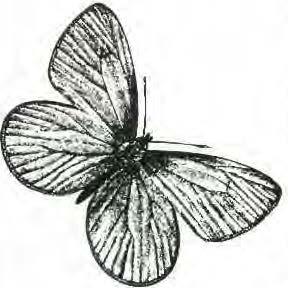
A new booklet titled Epilepsy in Dogs has been published by the American Canine Epi· lepsy Serv1<�e under the diredion of Dr. George Farnbach, as· sistant professor of neurology. This is concise review of the problems of epilepsy in dogs and contains the following sections: What is Epilepsy?; What Causes Sei· zures?; How Harmful Are Seizm·es?; Is There a Treatment for Canine Epilepsy?; What Anticonvulsant Will Work for My Dog?; and What is the Role of the Canine Epilepsy Service? If you are interested in receiving this informative booklet, contact Dr. Farnhach, Veterinary Hospital of the University of Pennsylvania, 39th and Spruce Sts., Philadelphia, PA 19104.
Errata
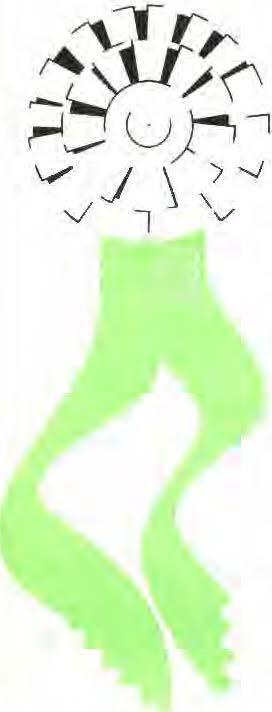
In the last issue we reported that the dental work on the Siberian tiger, Kundur, at the Philadelphia Zoo was
of medicine make Bill Boucher an outstanding role model for all of us fortunate enough to have been his students.··
Dr. Roselyn Eisenberg. associate professor of microbiology at the Veterinary School. and Or. Gary Cohen, professor of microbiology at the Dental School, have received a grant from the Lederle laboratories of the American Cyanamid Corporations to conduct research on developing a vaccine against herpes. Drs. Eisenberg and Cohen have been collaborating on this work for the past six years.
done by students from the Dental School. Actually the work was done by Dr. Carl Tinkdman, assistant professor. of endodontics at the Dental School.
In report1ng on the chain; in the Veterinary School we omitted the Richard King Mellon Profes· !I!Orship of Reproductive Physiology oecupied by Dr. Ralph L. Brinster.

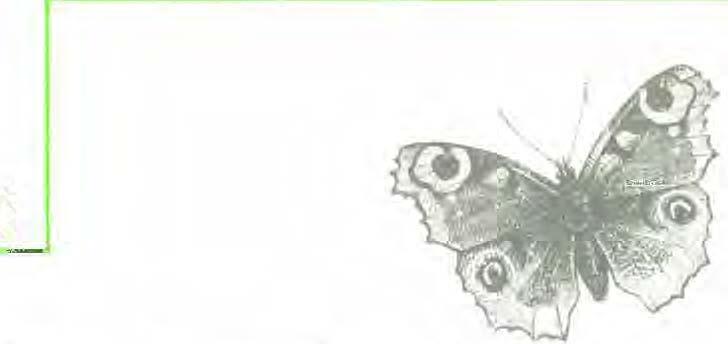
Resource Update: VHUP
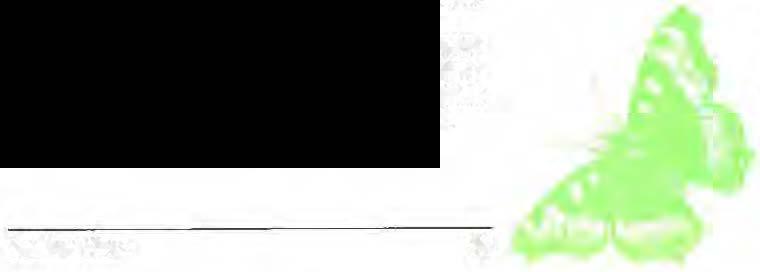
In addition to the Wildlife Services offered by VHUP, there is also an Exotic Pet Clinic one evening a week. Appointments can be made by ca11ing (215) 8984680.
The clinic days for Orthopedics have been f:hanged to Tuesdays and Fridays. This section only accepts appointments after the referring veterinarian contacts the Small 'Animal Hos· pital to explain the specifics of the <�ase.
Bellwether
14
•
tcrt11ar' ledical r·tt nti t inin t ogran1
For many yean the SchooJ of Veterinary Medi· cine has been a major supplier of academic sci· enlists and faculty for other veterinary schools as well as for medical school!! and universities. In 1969 the training of one group of these sci· enlists, those studying for both a V.M.D. and a Ph.D., received national recognition by the award of a training grant from the National Institutes of HeaJth. The program was at that time, and still is, the only V.M.D./Ph.D. train· ing program at a School of Veterinary Medi· cine to compete succeAAfully for such support. About twenty medical schools, including Penn, have such training grants but many other med· icaJ schools ha,•e not been sue:ccssful in ob· taio.ing this type of training grant support. Thus, our program continues to be highly com· petitive with those at the best research· intensive medical schools. Fh·e years ago the veterinary program and medical programs were merged into one administrative unit since training was quite similar in many parts of both. The plan for the conting five years will not see major shifts in direction in this pro· gram since it has been very effective during the past thirteen years. However, gradual modifications will be instituted to take advantage of our growing experience with training oppor· tunities and [eedback from graduates. Basically our plan is to appoint two or three trainees tm<'b . veaL· fr·om entering students or the first· year dass. The competition is intense with about forty surerlative applicants competing for the position!l. The suc.r.essful applicants wiU then follow a combined V.M.D./Pb.D. program full time for six to seven years. Each trainee has an individually tailored course of study based on providing the bert foundation for the lltudent's chosen career goal. It is anticipated that the graduates of this program wiII enter academic medicine and staff the faculties of schools of veterinary medicine and science departments in medical Hchools, They will be superbly qualified to bridge the gap between basic science and clinical departments, bring· ing knowledge of health problems into basic science labor·atorieli and knowledge of basic science investigative puwer into clinical medicine. Already the graduates of this program have been enormously successful and are high· ly sought after upon graduation. We regard this as one of ouT elite program!'! that greatly enriches the School and contributes some of our most gifted and highly trained graduates to the profession and to academic life. During the coming five years we expect to graduate two to three individuals per year from this program.
) Ill II 11 t 1.,

At the end of the first seven months of the fis· cal year, 390 donors b.ad contributed S69,952 to Annual Giving. The Friends of Small Animal Hospital had 742 member� contributing $41,970 and 99 Friends of New Bolton Center contributed $32,450.
The American Kennel Club has awarded us a u;rant of $20,000 for our work in canine onSpring
May 21
Alumni Day
New Bolton Center
14
Helmlnthologlcal Society of washington Meeting New Bolton Center 23 Commencement
June
2 New Bolton Center Retirement Dinner
July
19 AVMA National Meeting Alumni Reception New York, NY
3 • � $ • cology and $17,200 for our research in canine epilepsy (see Bellwether 4).

The American Livestock Insurance Company and Harding and Harding, Inc., of Geneva, Dlinoil'i, granted $7,500 to support Dr. Loren Evans' work in laminitis, and the Basset Hound Club of America granted $1,000 to Dr. Vicl.i Meyer� to continue her work in canine pyometra.
The Delaware County Kennel Club (PA) gave the Veterinary Hospital $3,000 toward the purchase o( equipment to computerize the medjcaJ records system in the Small Animal Hospital, and the Montgomery County Kennel Club (PA) gave us another $1.750 toward this project.
The Devon Dog Show Association (PA) contributed $3,500 to the Friends of the Small Animal Hospital, and the Empire Cat Club (NY) joined the Friends of the Small Animal Hospital with a gift of $1,500.
The Firestone Foundation granted $20,000 t.o Dr. Loren Evans for his work on an im· proved table fo1· large animal surgery, and the fonndation granted an additional $100,000 to New Bolton Center as part of its recent deci· sion to liquidate its assets.
Mr. and Mrs. Philip B. Hofmann gave the

18
*Health and Economic Programs for the Large Dairy Herd Baltimore Hilton Inn Baltimore. Maryland 9:00 a.m.-5:00 p.m.
26
Reunion, Class ot 1963 New Bolton Center
·continuing Educat;on Credit
19 Board of Overseers Meeting New Bolton Center �::. II i:• Thoroughbred Rtallion REAL SUPREME to New Bolton Center, and Lam:mont Farms donated the Standardbred stallion WESTWARD to the Hofmann Research Center for Animal Reproduction.
The oil painting, Endangered Species, by Tucker Bobst was given to the Veterinary Hos· pital by Richard Maloy and now hangs in the ho!lpital's Clark Pavilion.
The Pennsylvania Society for the Preven· tion of Cruelty to Animals contributed 810.000 for student loans, and the Ware Foundation granted $8,000 toward our program in ovine medicine al New Bolton Center.
The Richard King Mellon Foundation awarded the School a major grant of $250,000 to provide operational endowment for the Lab· oratory of Reproductive Physiology and Genetic Engineering under the direction of Dr. Ralph Brinster, the Richard King Mellon Pro· fesso.r of Reproductive PhyHiology.
Two anonynlOUA giftA totalling approxi· mately $201000 were given for the renovation project now undet' way in the Old Small Animal Hospital, and another anonymous gift of juHt under $.10;000 was gi"·en to the Friends of the Small Animal Hospital.
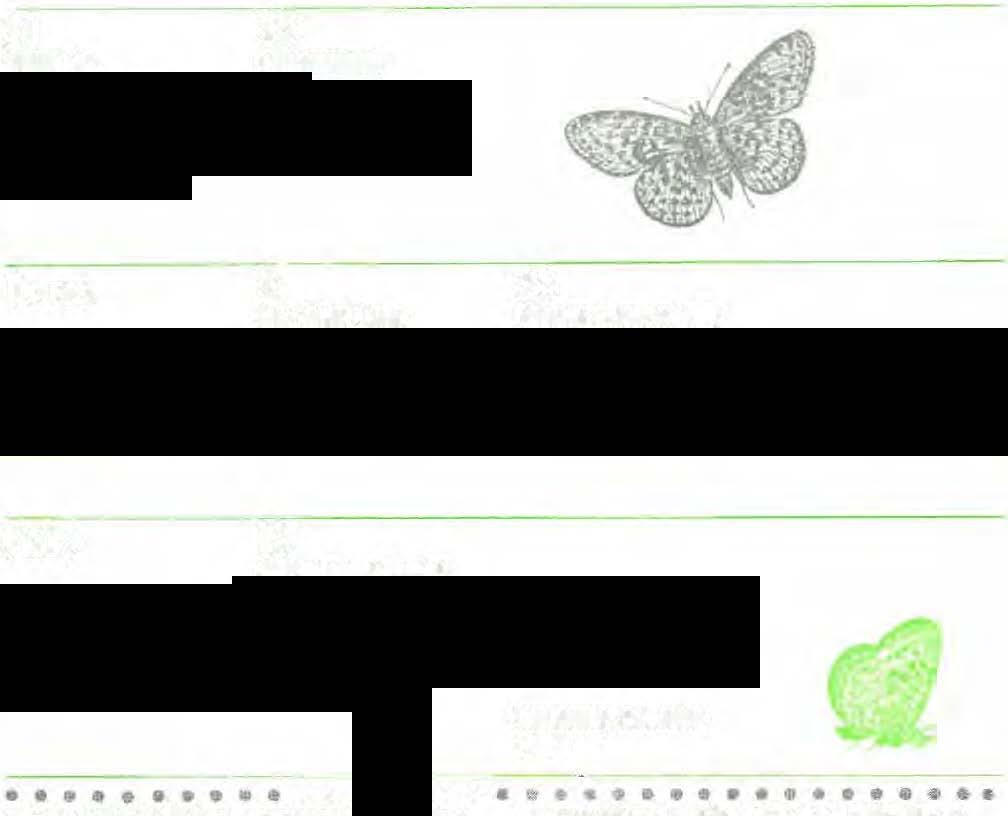

\
1983 15
The Veterinary Class of 1952 was the 1983 recipient of the "Award of Merit" of the Organized Classes of the University of Pennsylvania Recognizing the University alumni class which has exhibited outstanding qualities of solidarity and allegiance to U1eir School and the University, the award has been presented annually since 1957. At the January 21 dinner of The Organized Classes. Rosemary Mazzatenta. chairperson of the Awards Commttlee. presented the award plaque to Drs. John E. Whitehead, class president, and Loy C. Awkerman, class agent Noting that thts was the first class of the School of Veterinary Medicine to recetve the award, Ms. Maua1enta pra•sed the Class of 1952 for its outstanding partic•patlon tn Veterinary Alumni activities, communication among class members. and financial support of the School and Universtty through Annual Giving. The class has an average of 65 percent parttcipation rn Annual Giving each year. "a performance challenging all classes in all schools," according to Ms Mazzatenta.
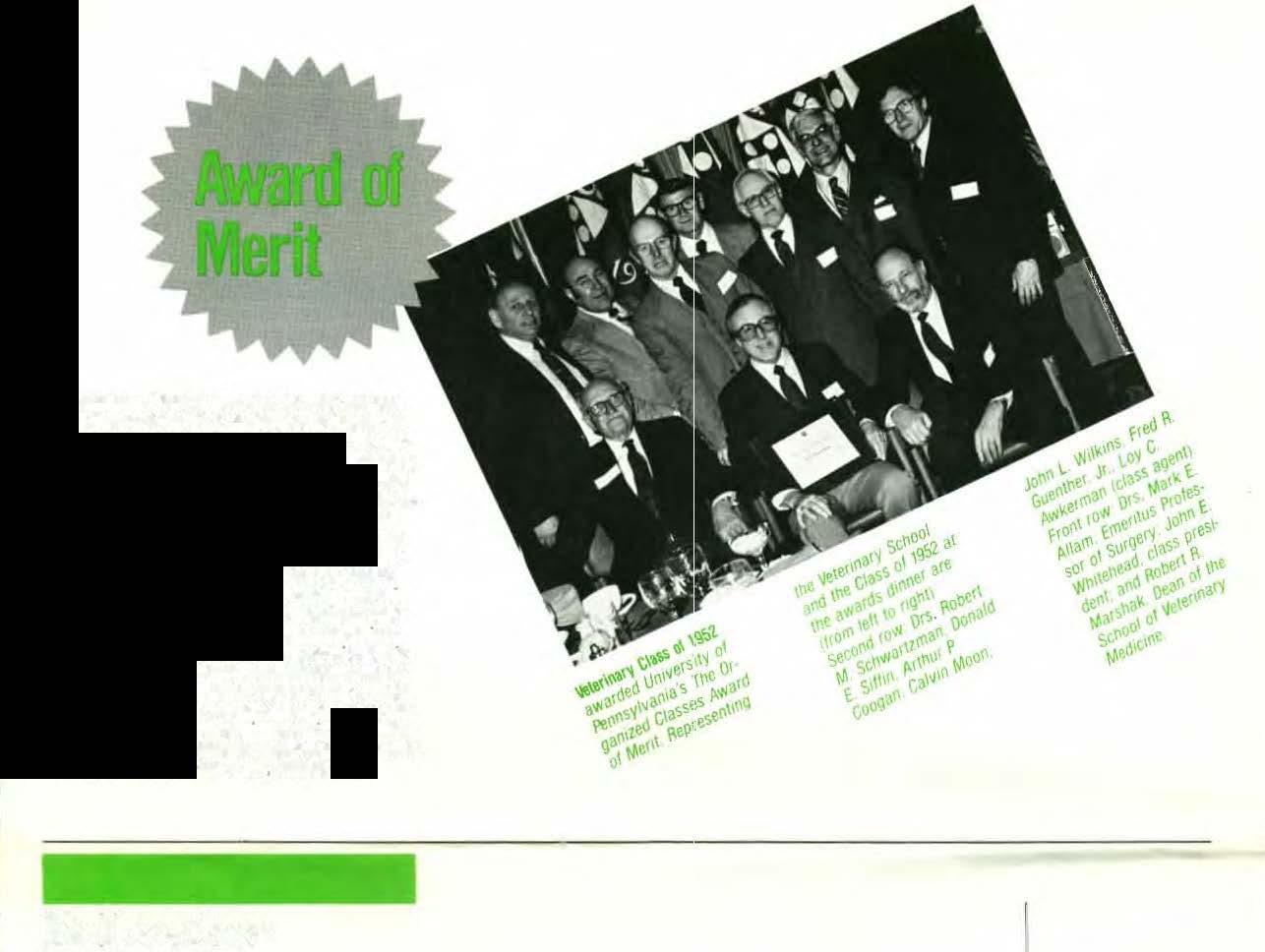
Bellwether
University of Pennsylvanra
School of Veterinary Medicine
3800 Spruce Street
Philadelphta. PA 19104


Non-Profit Organization US Postage PAID Philadelphra. PA Permit No 2147






















































